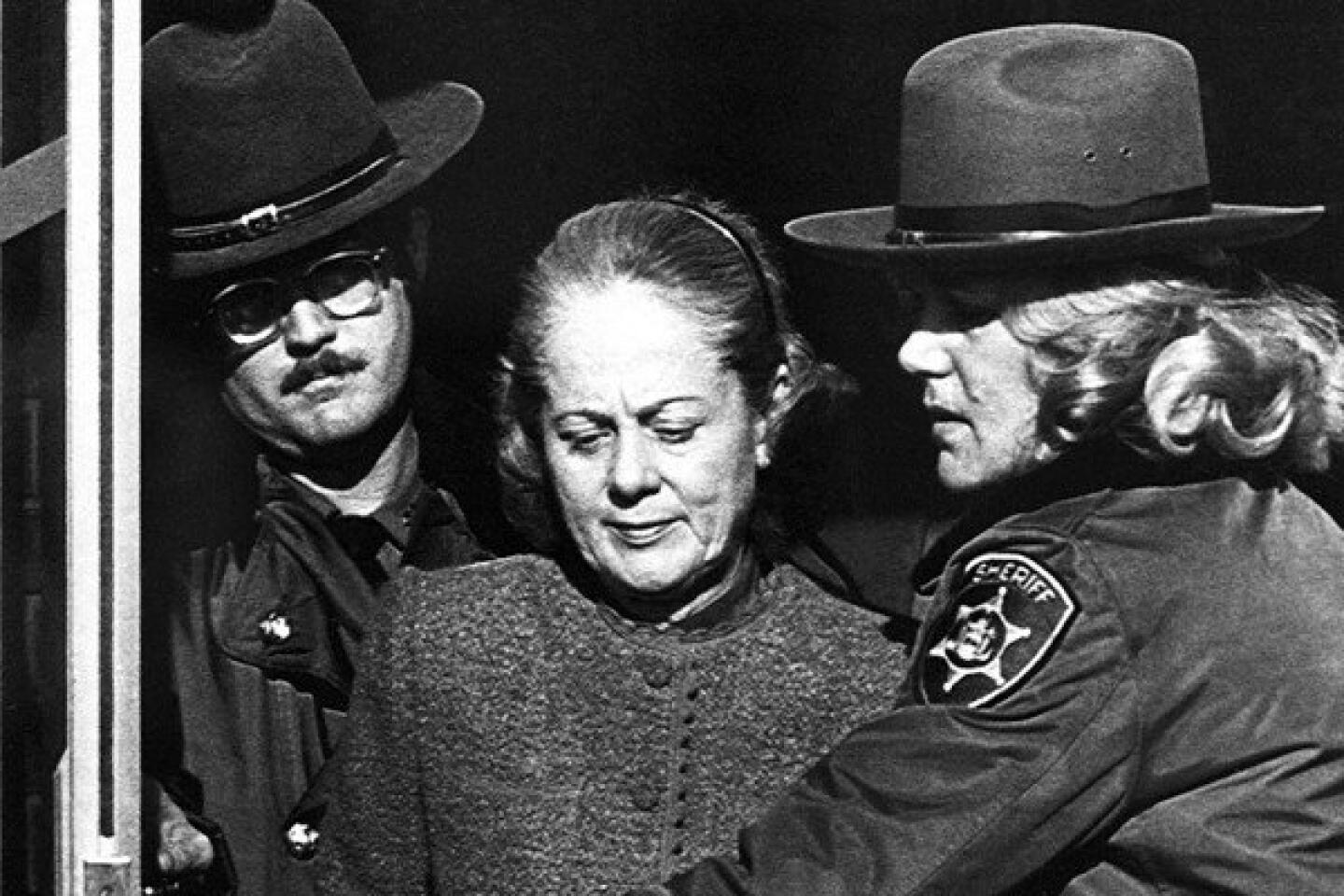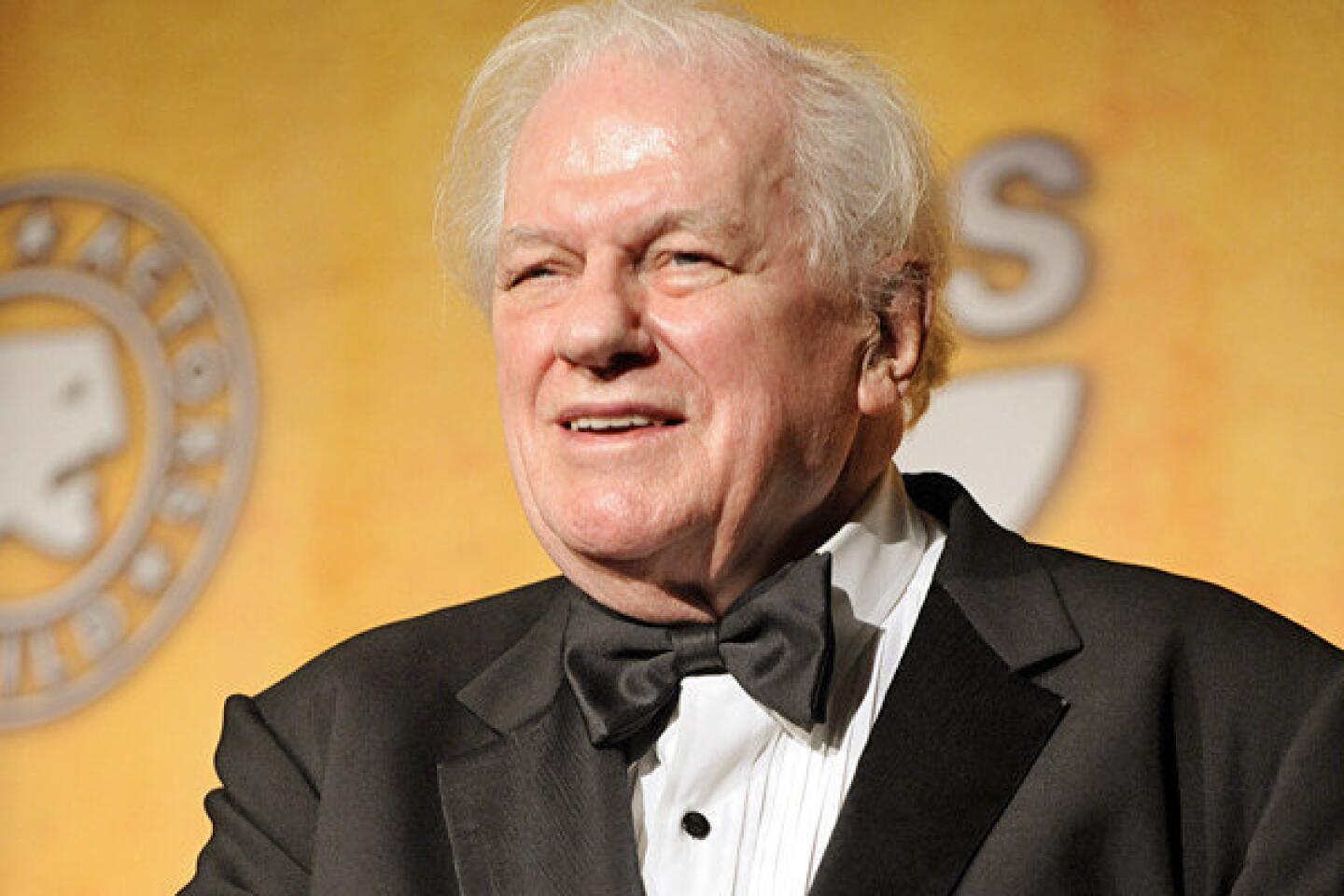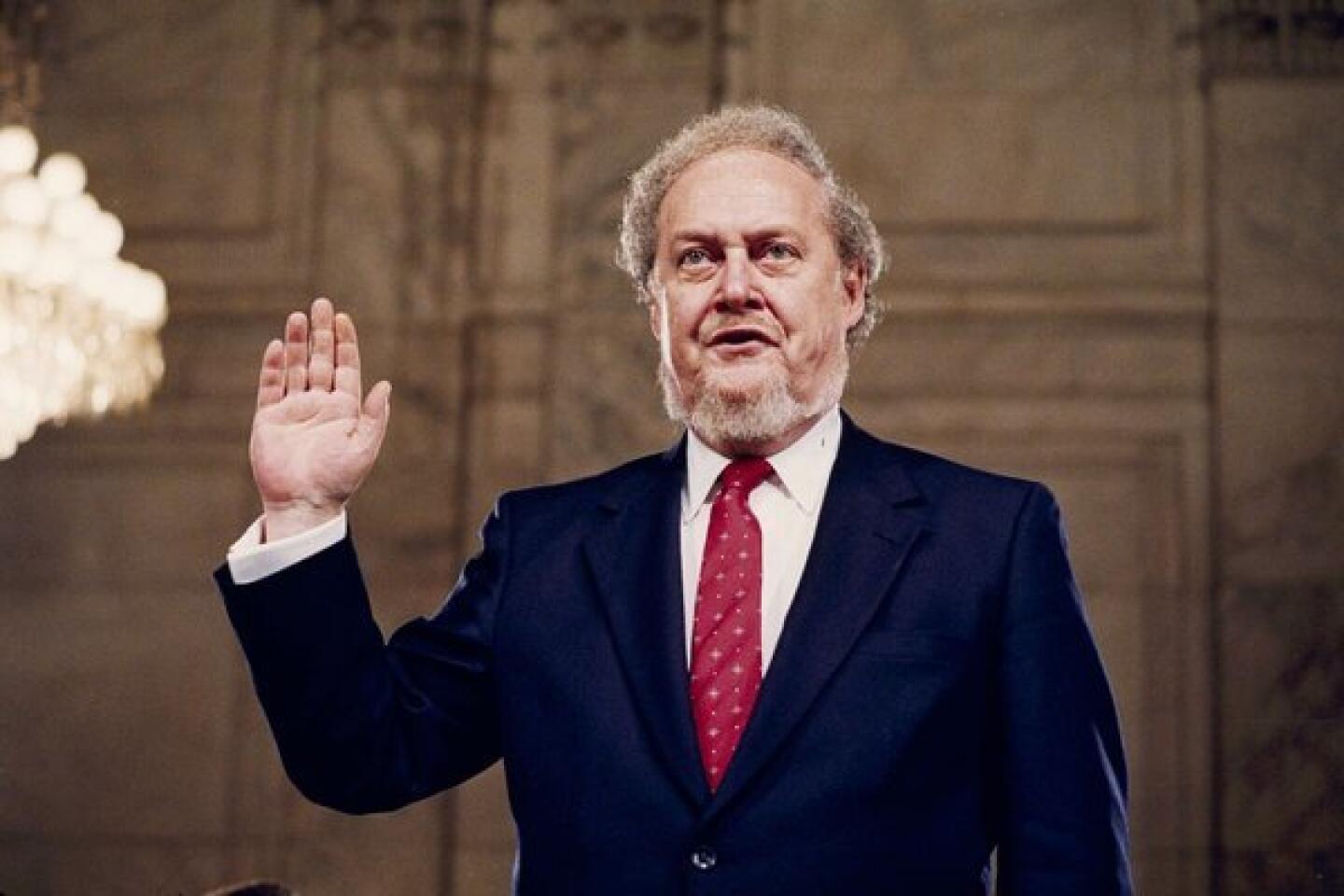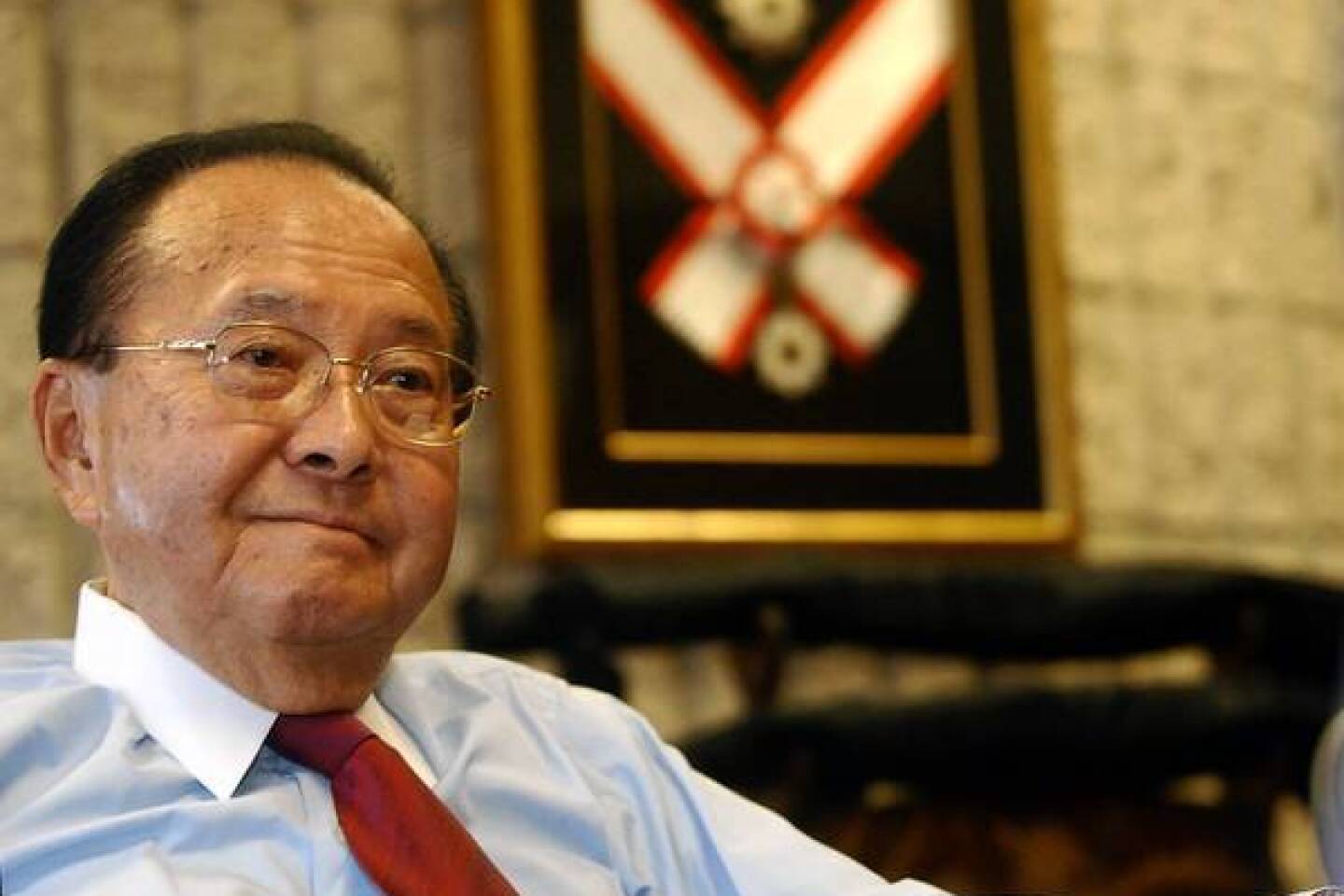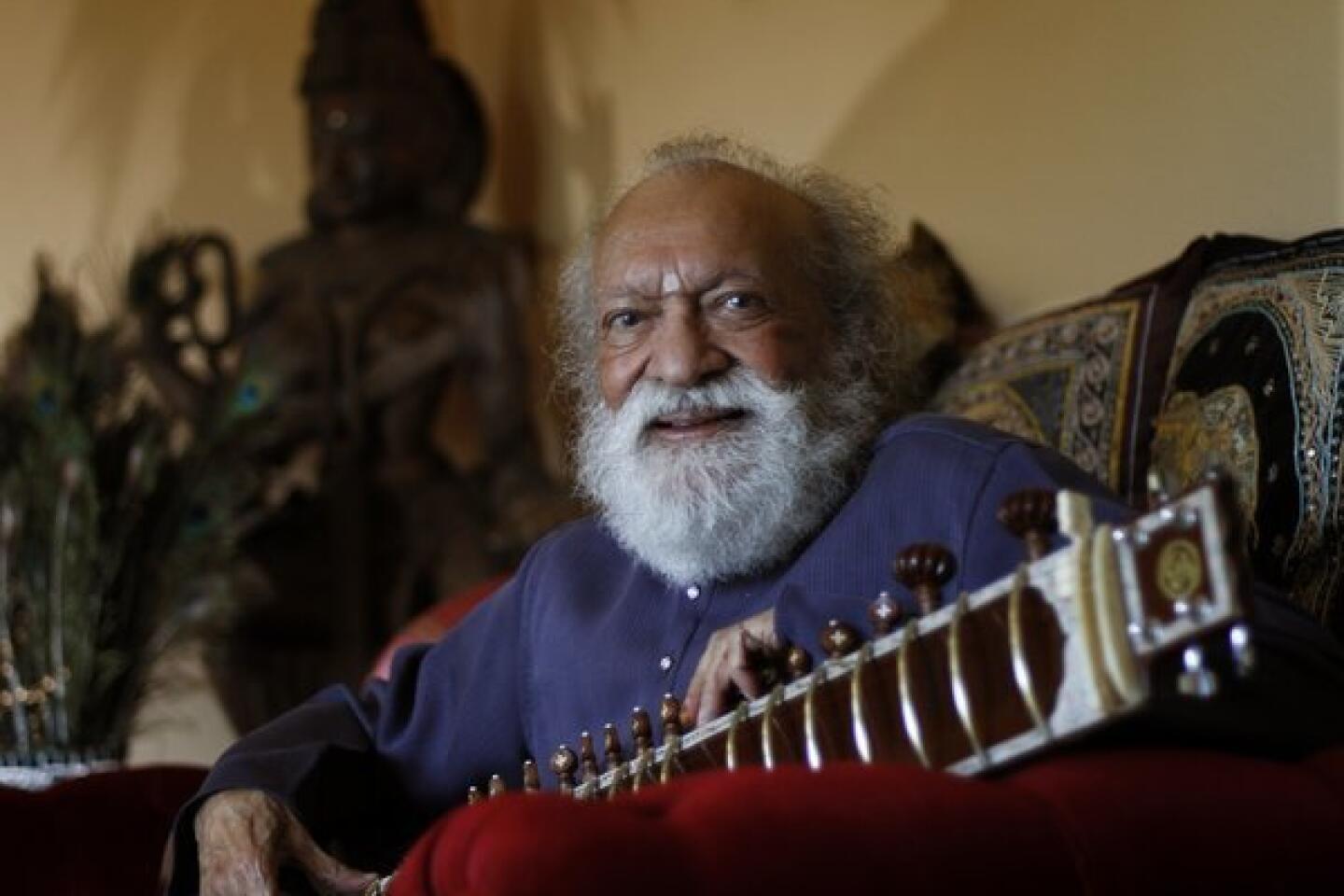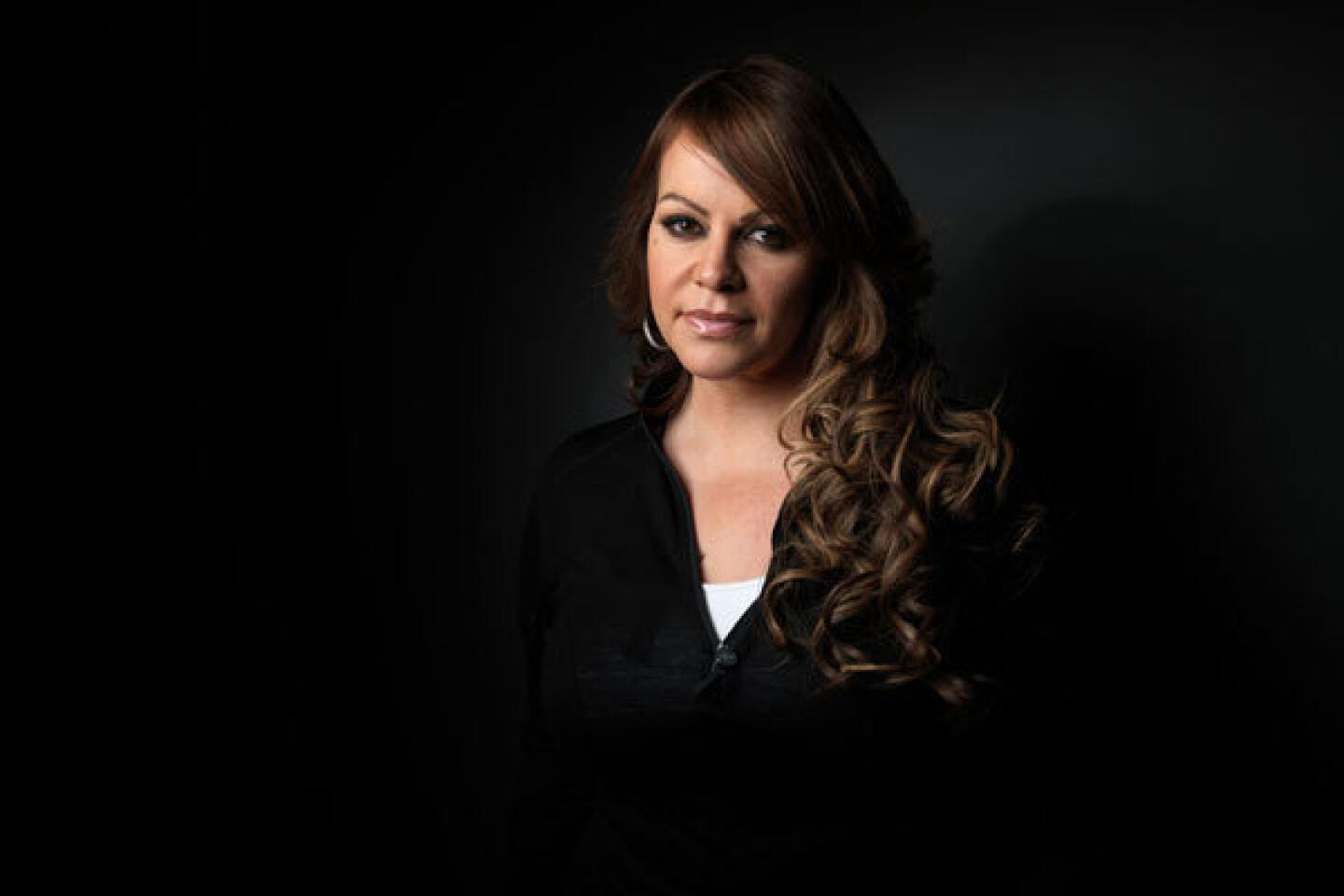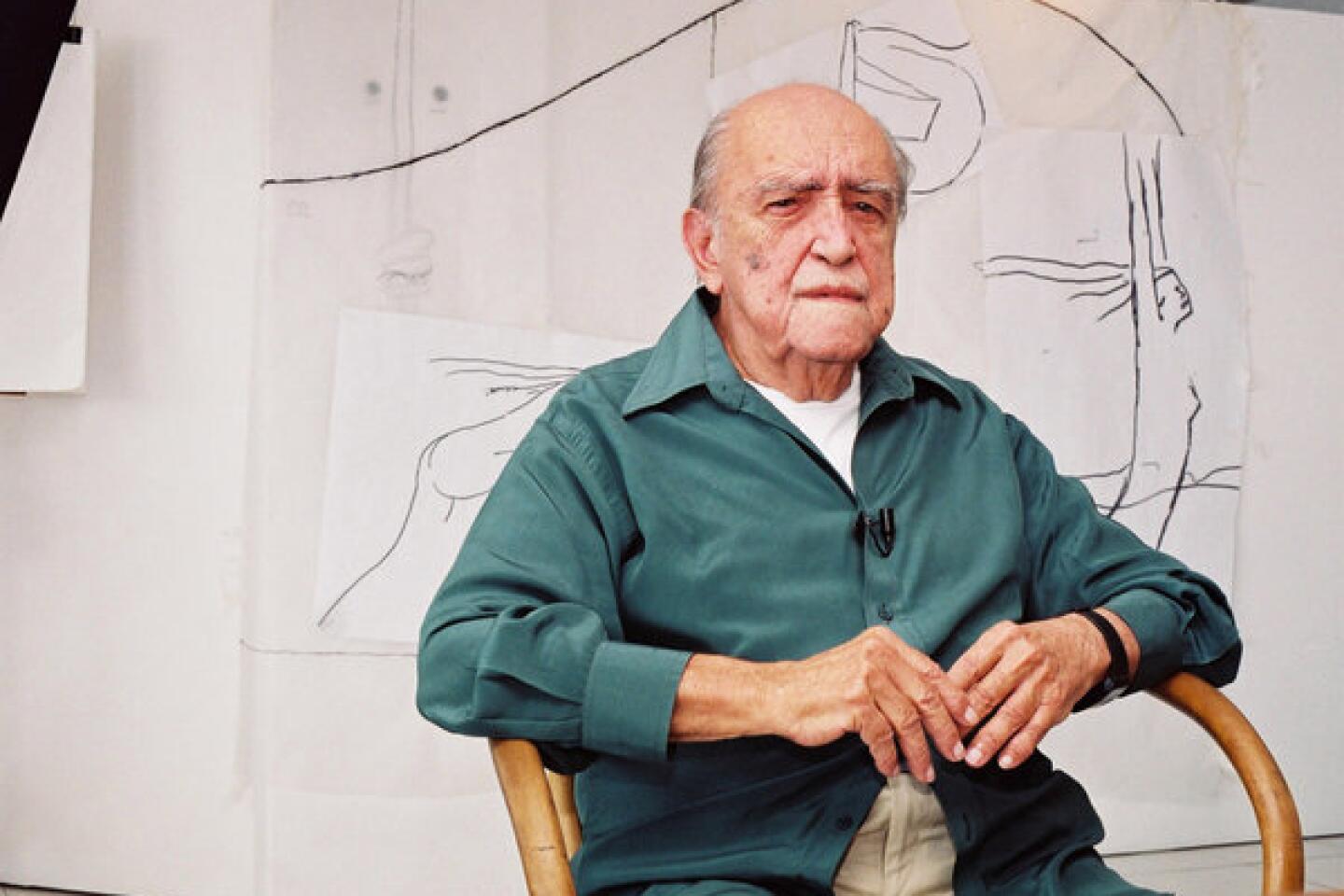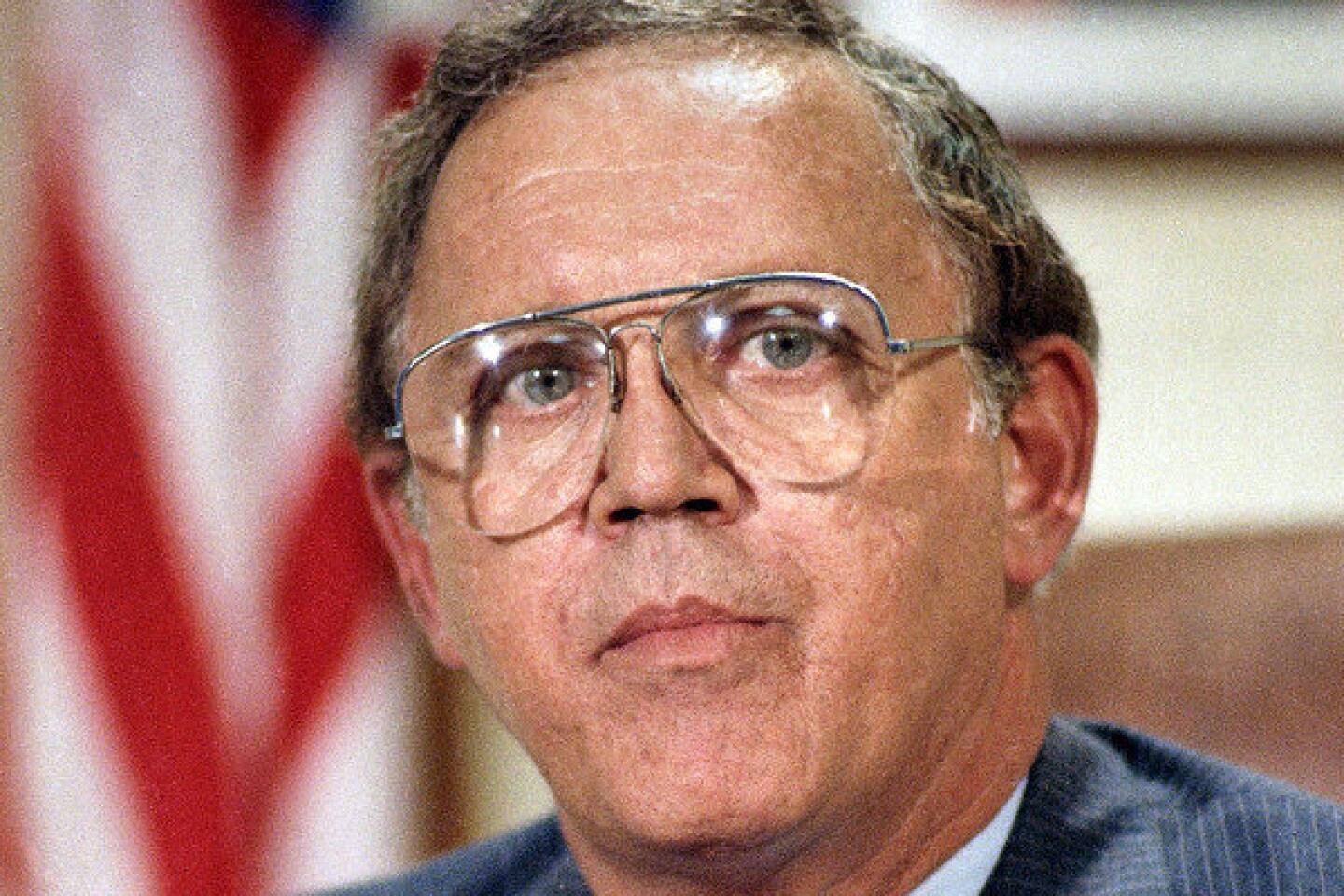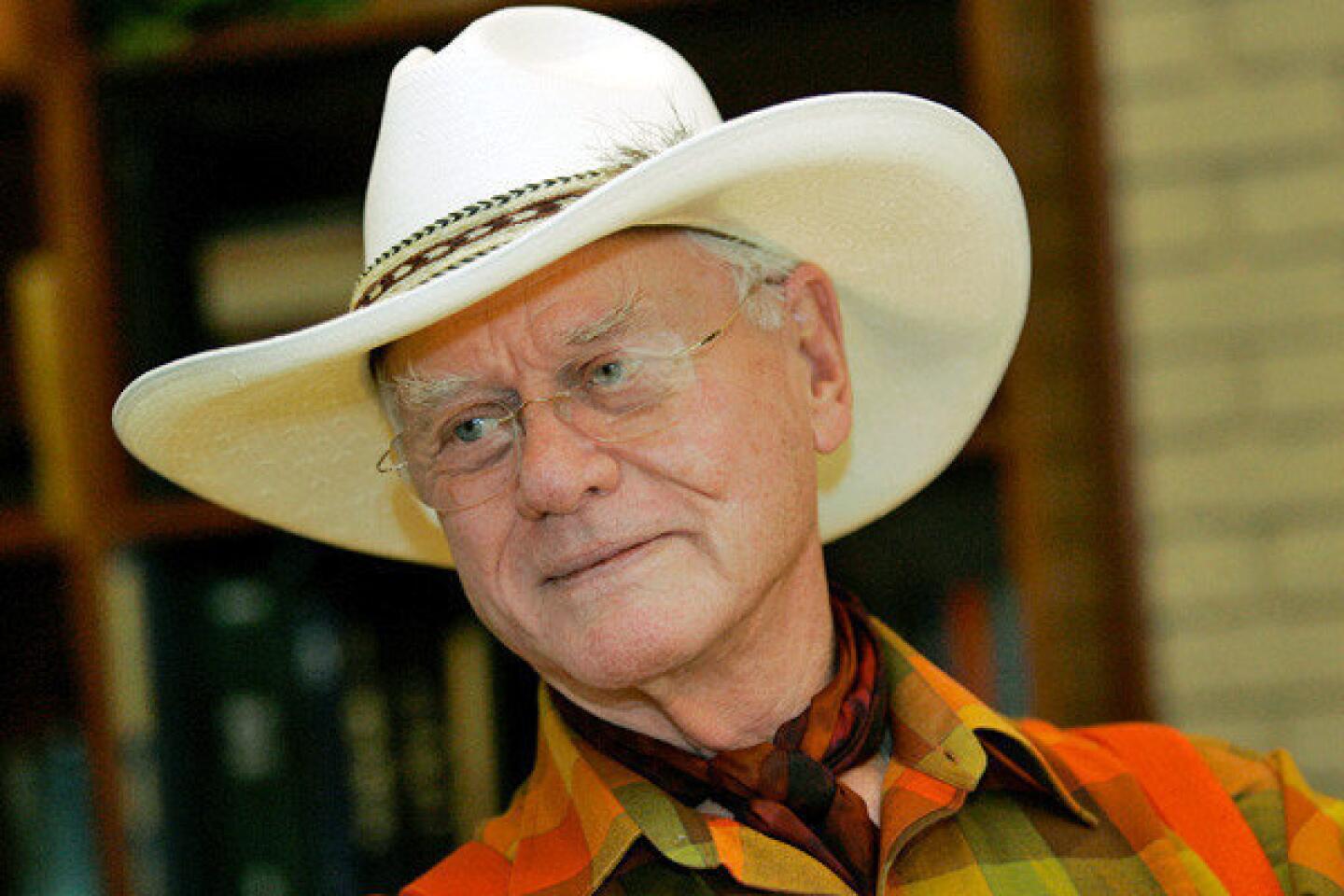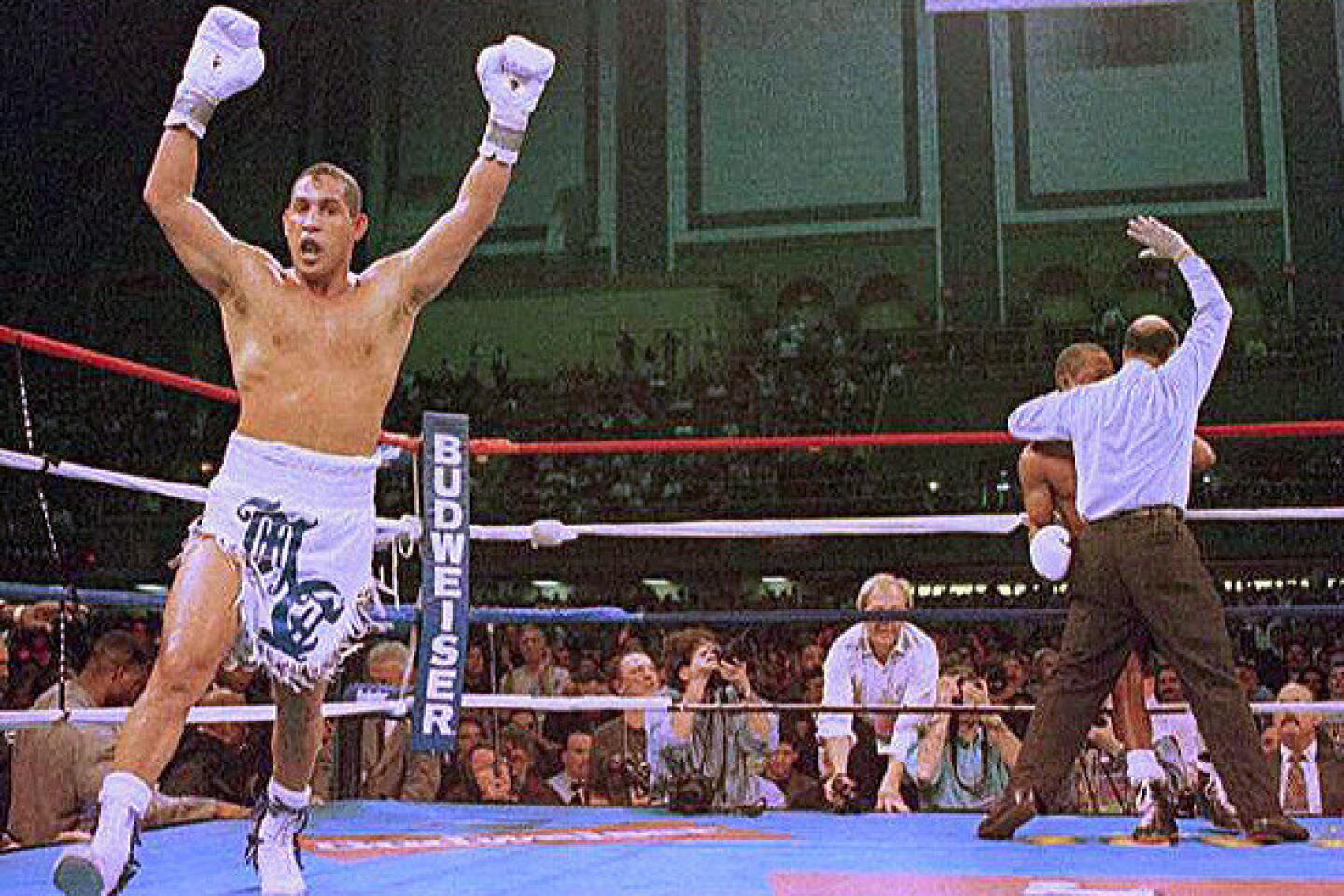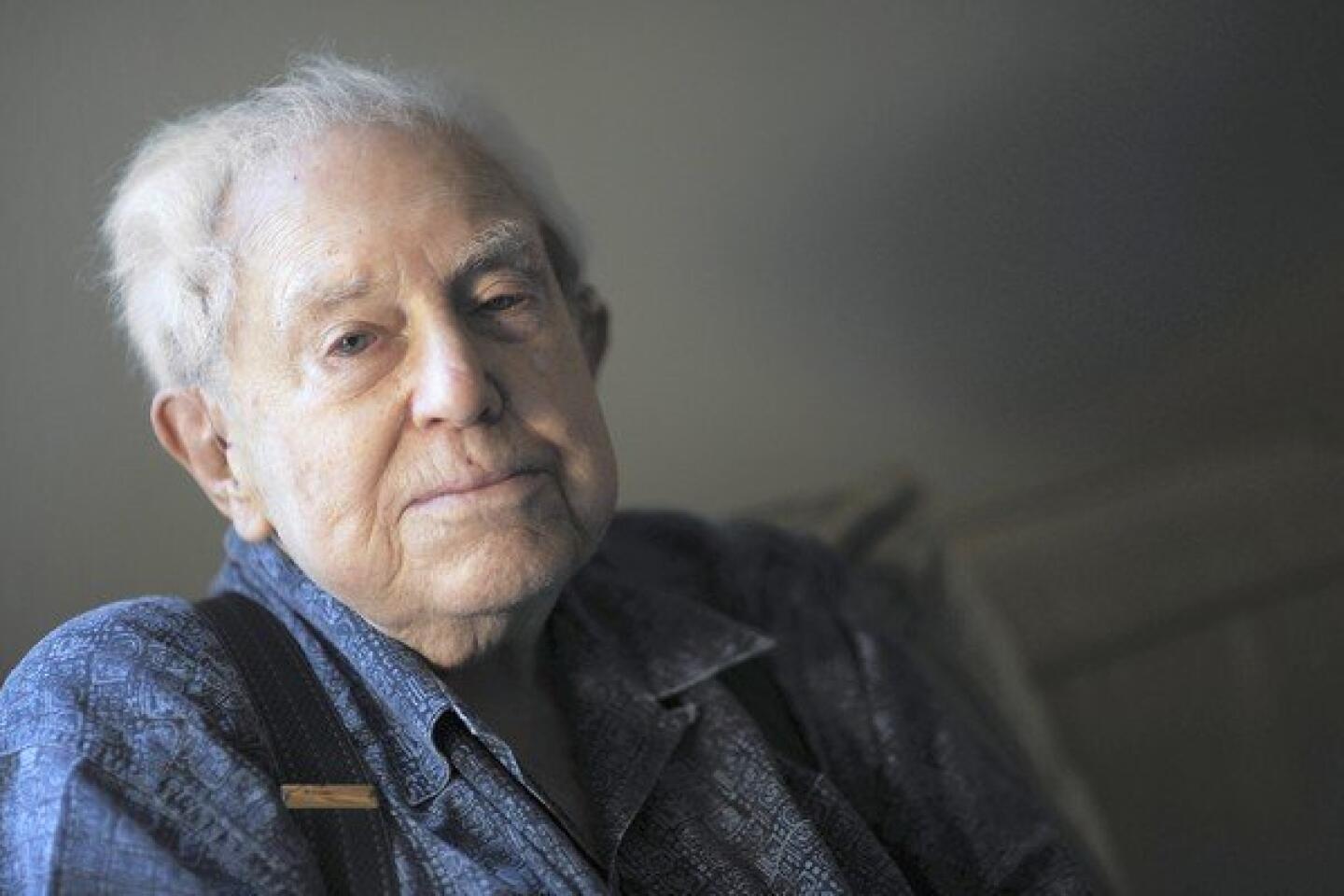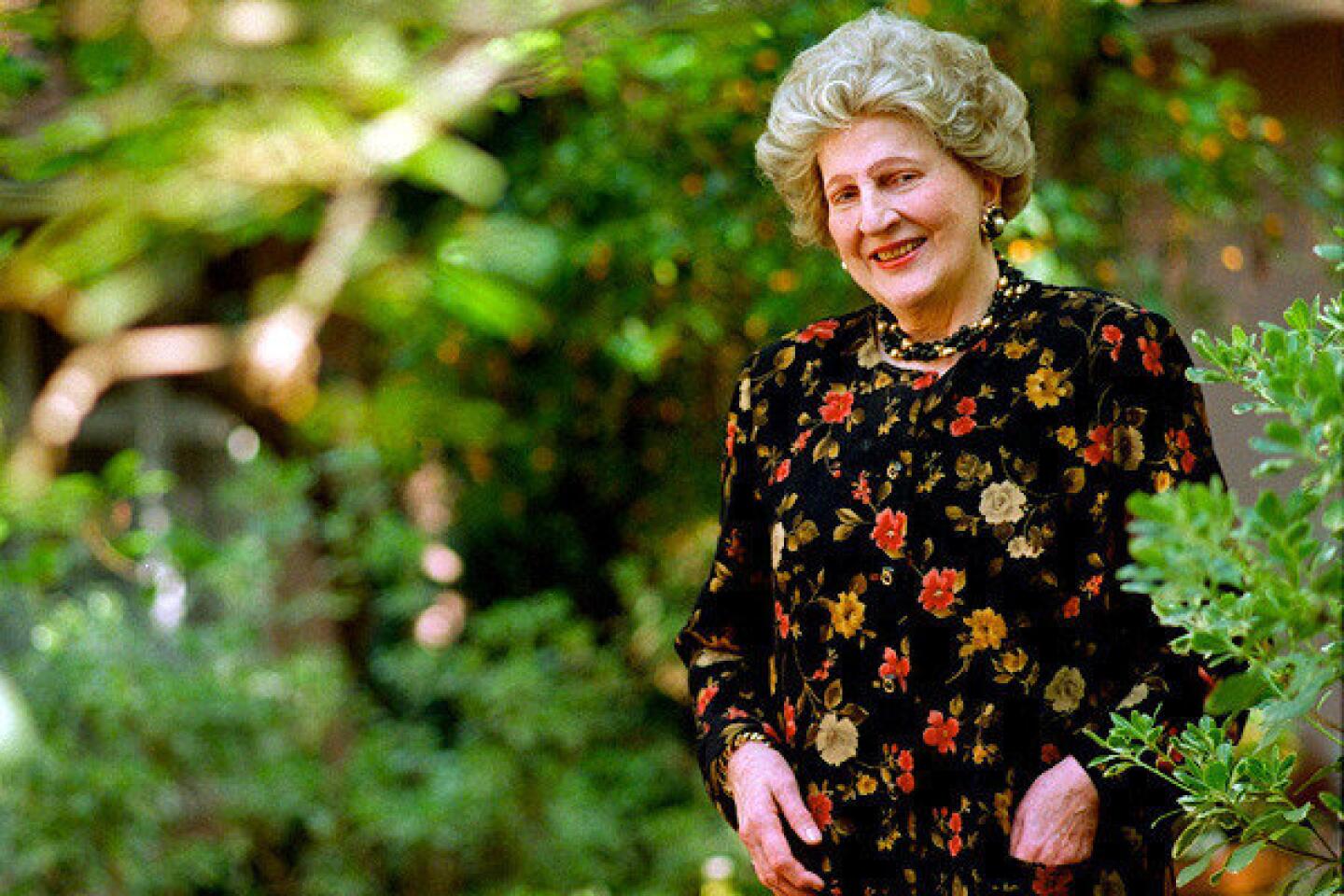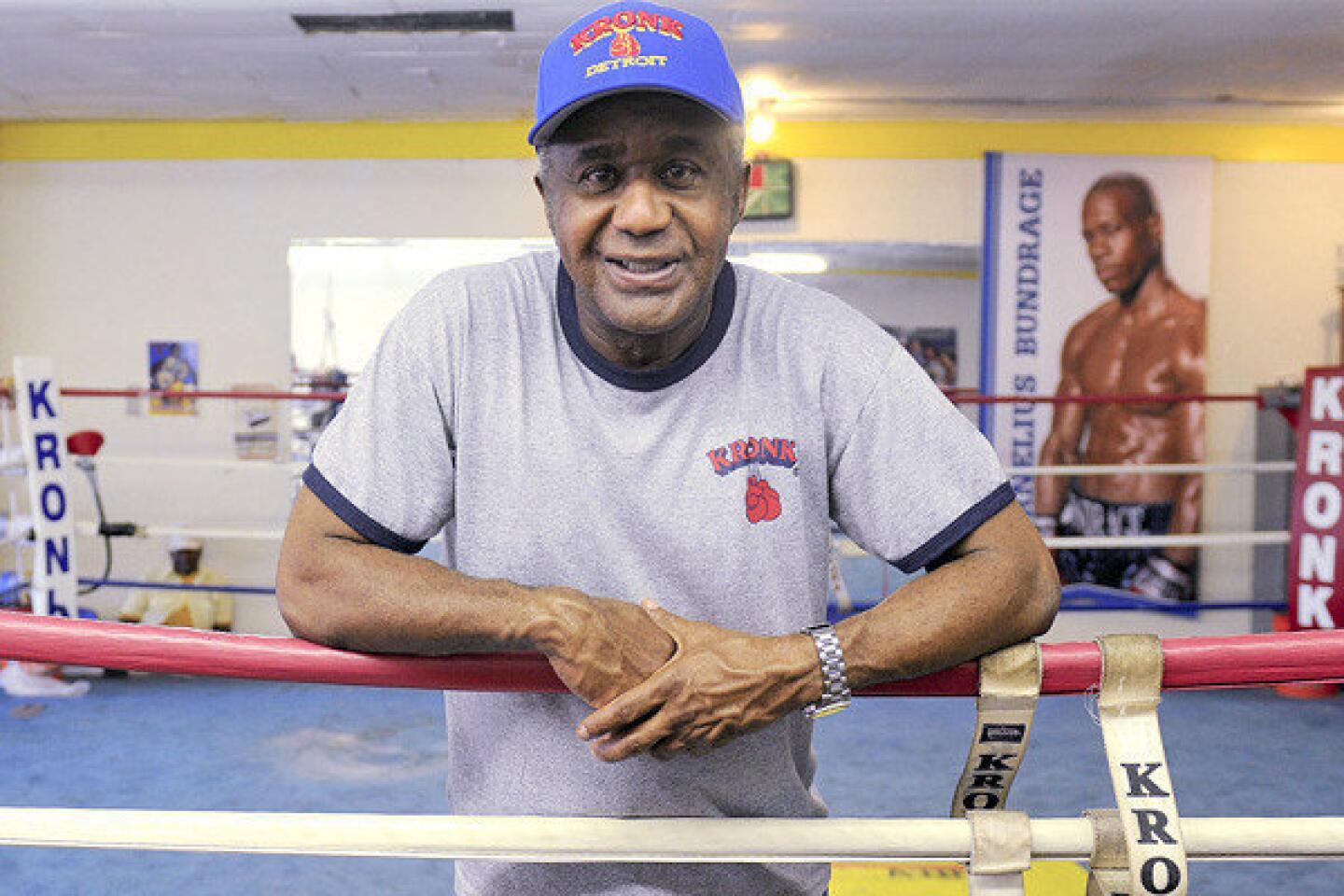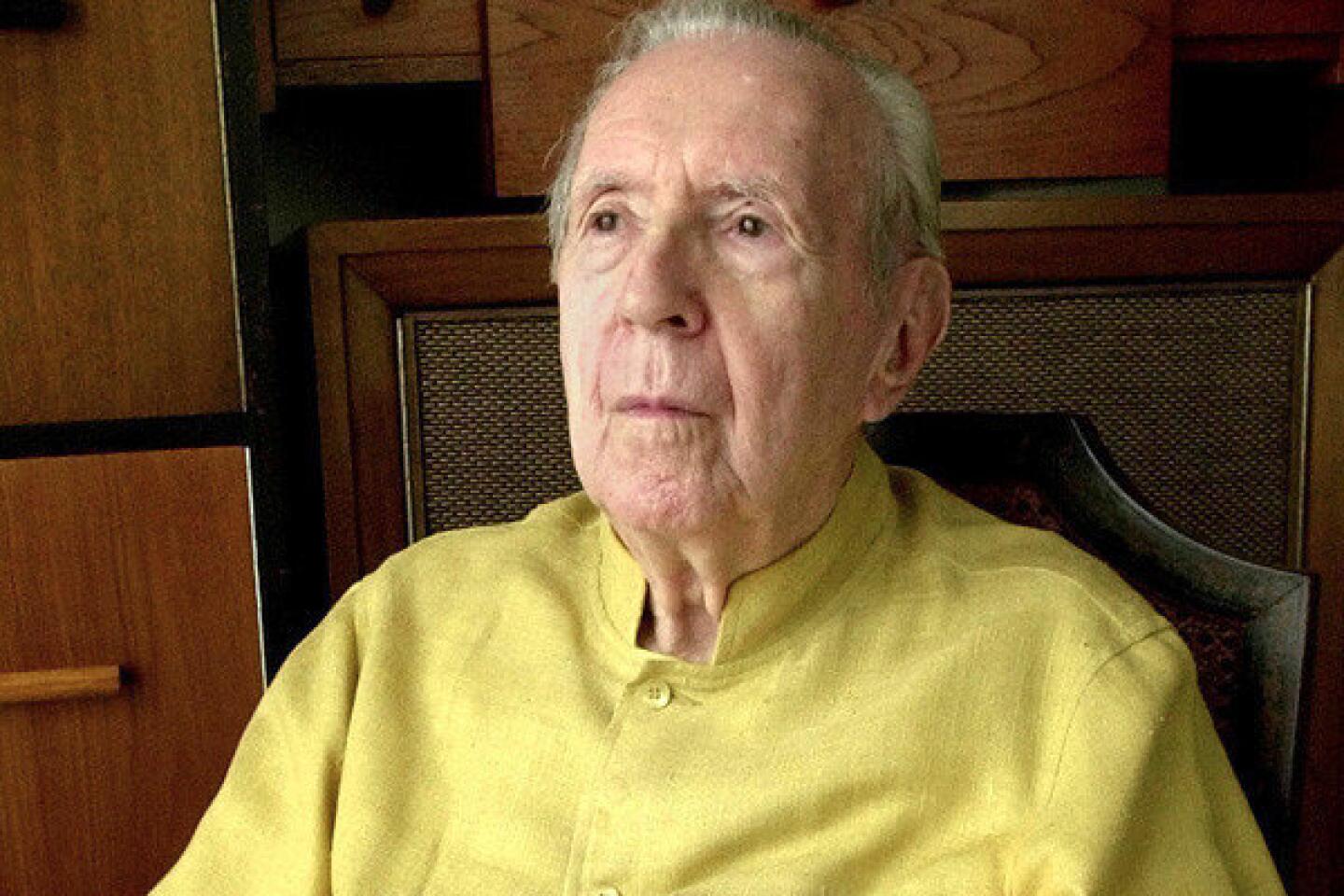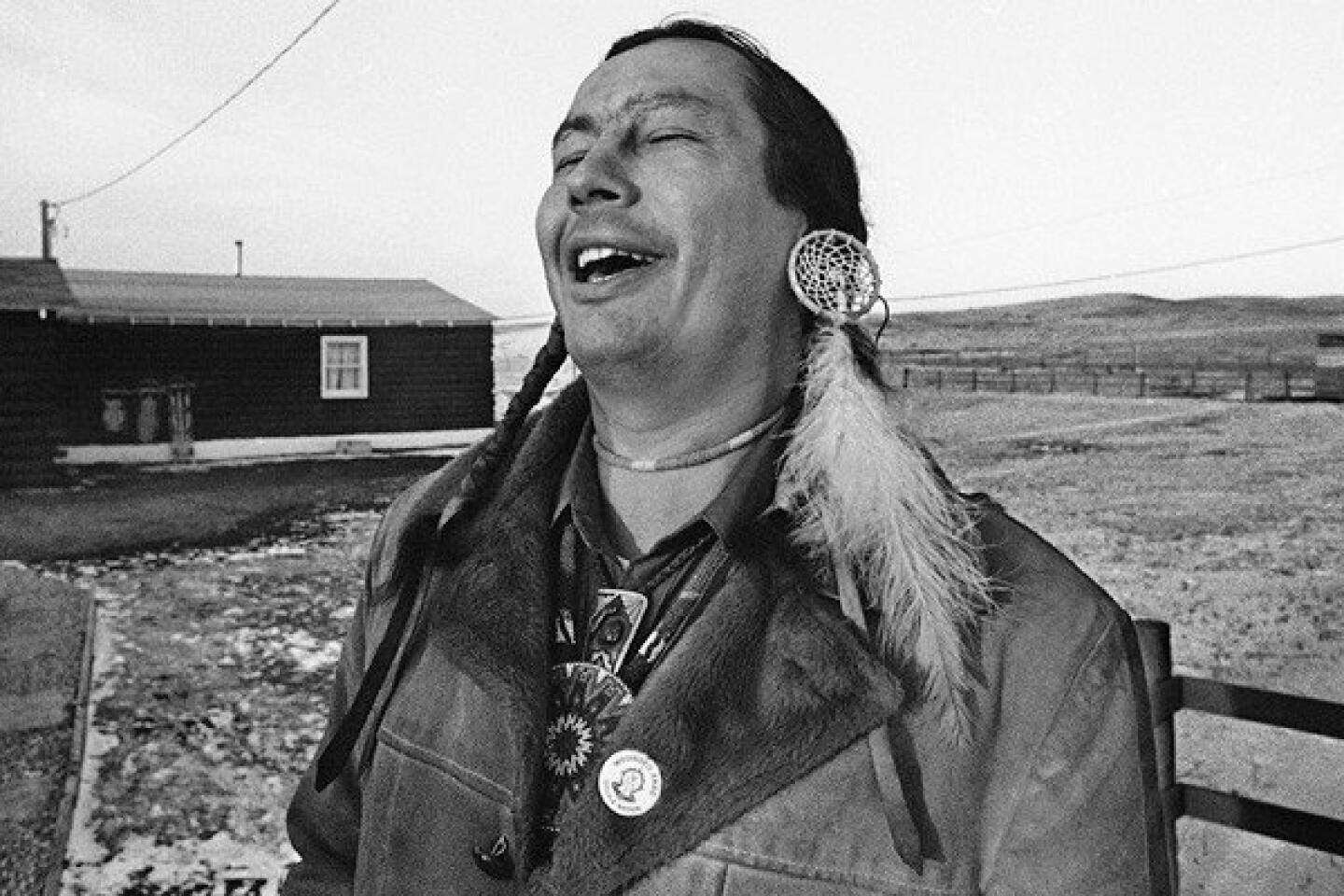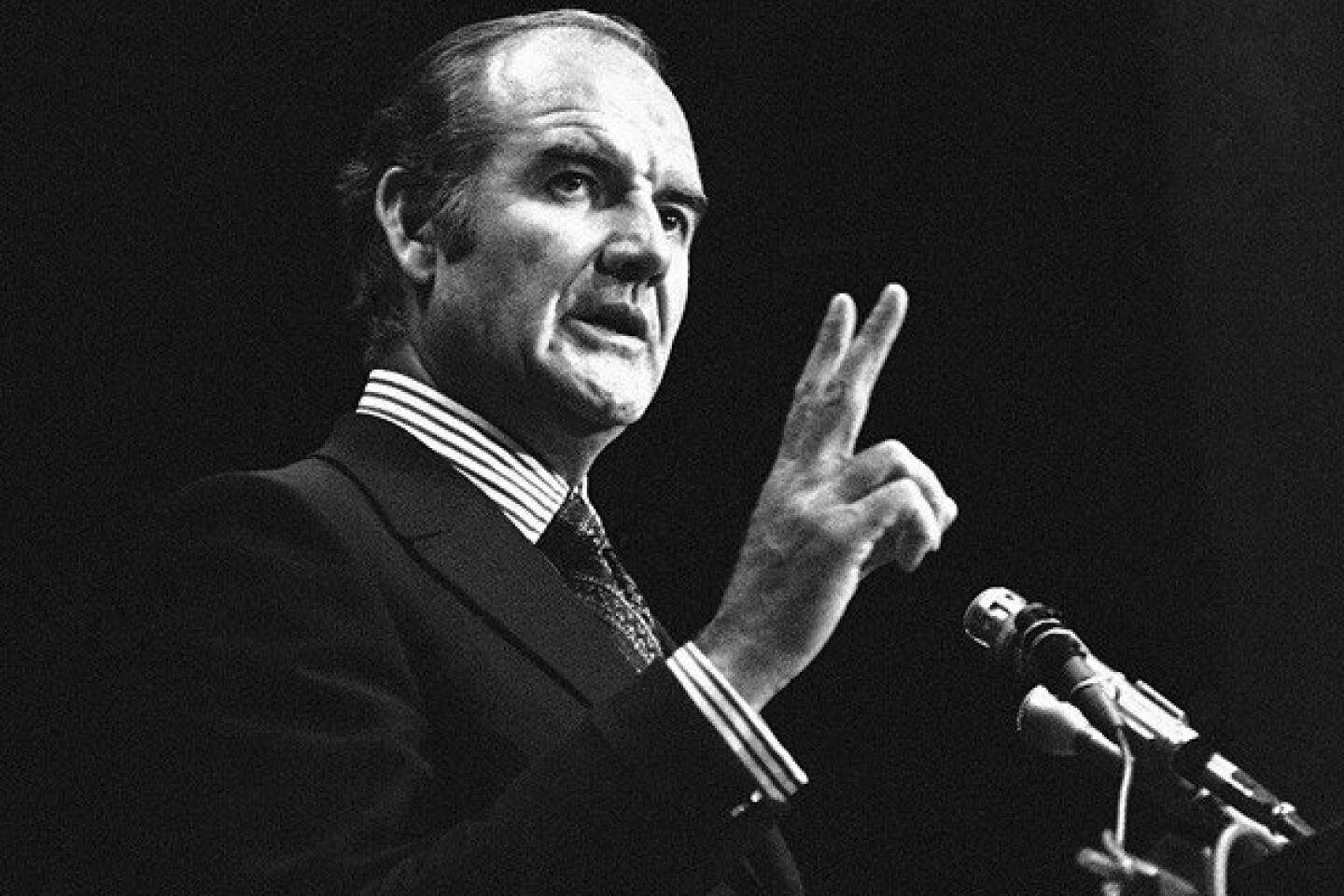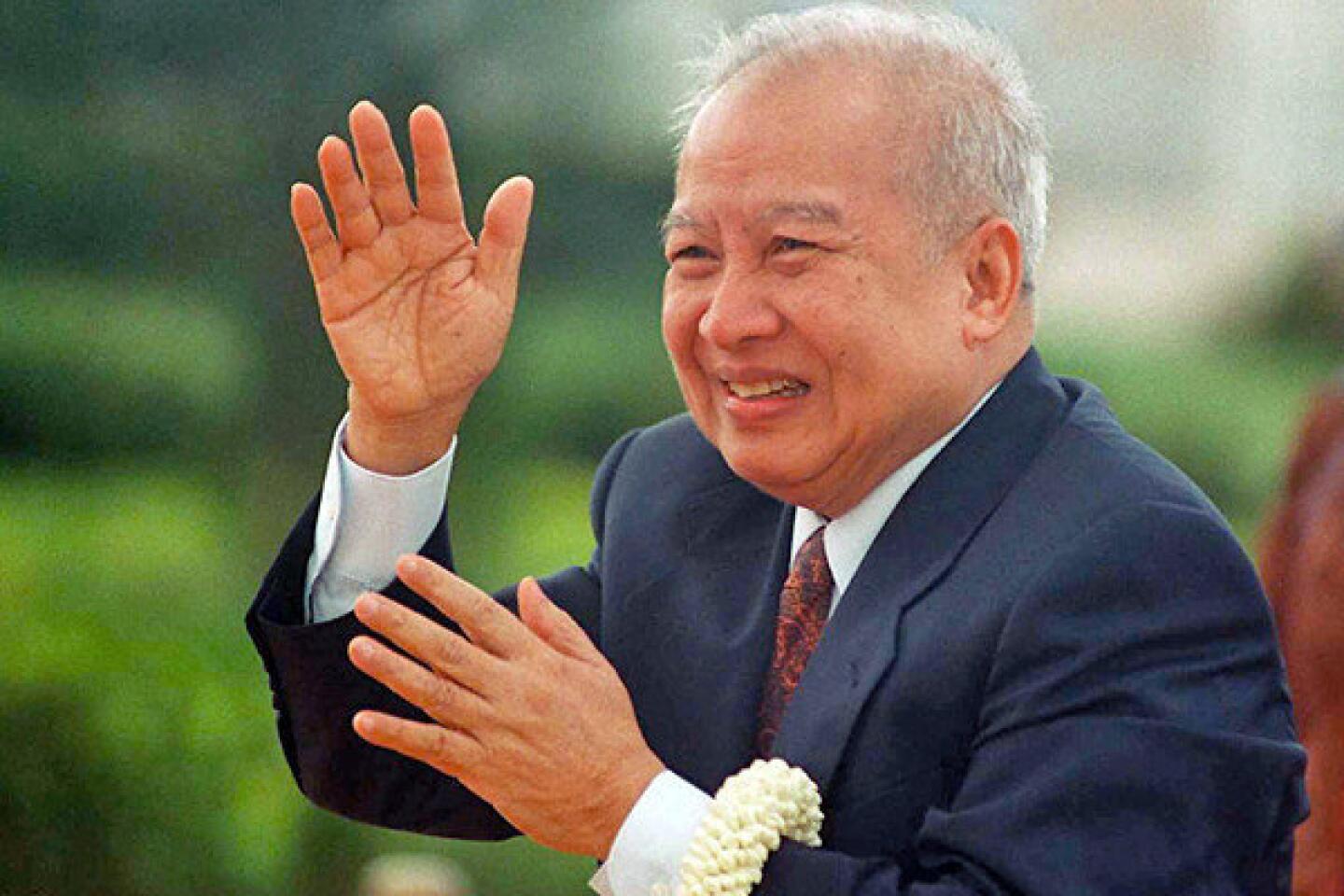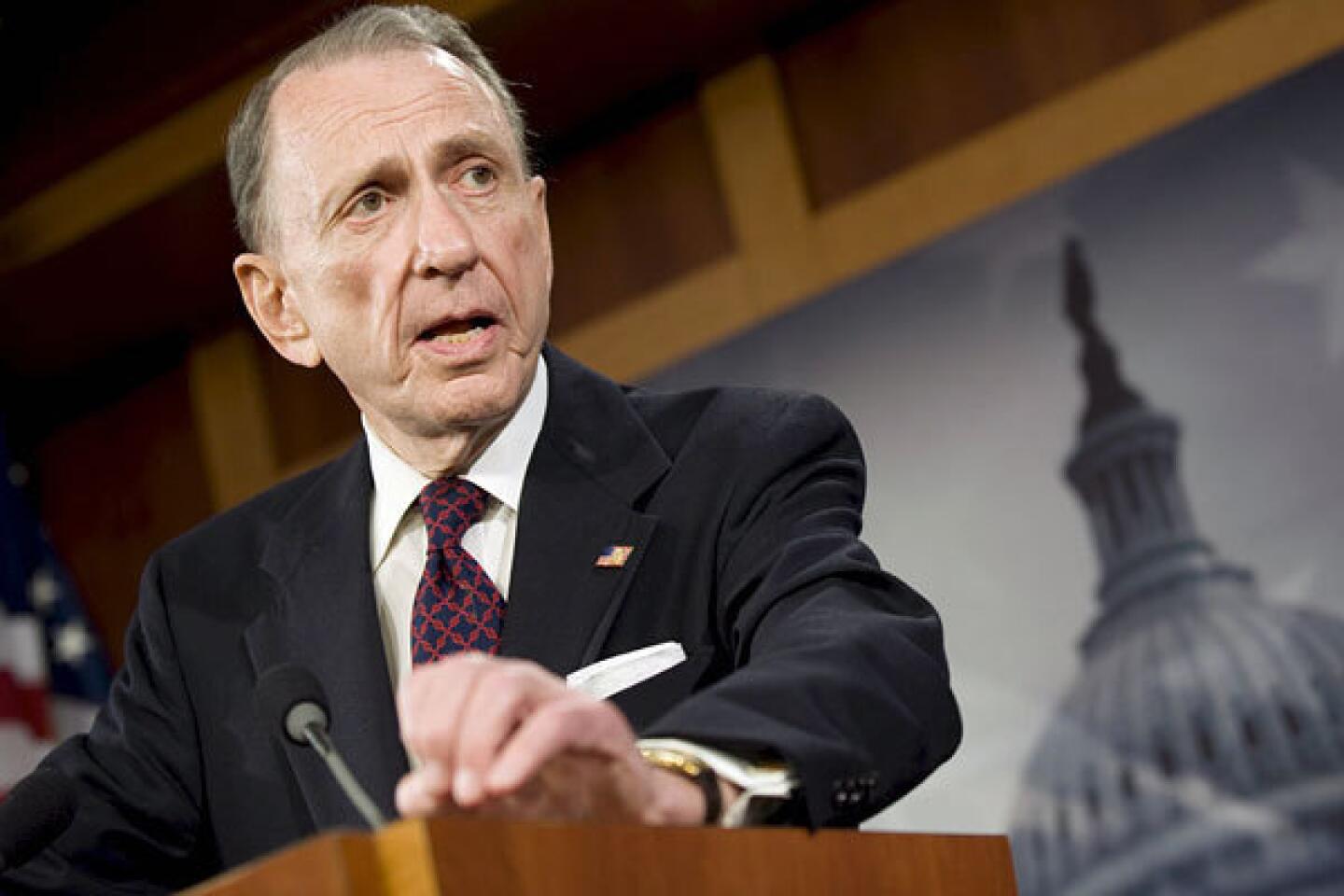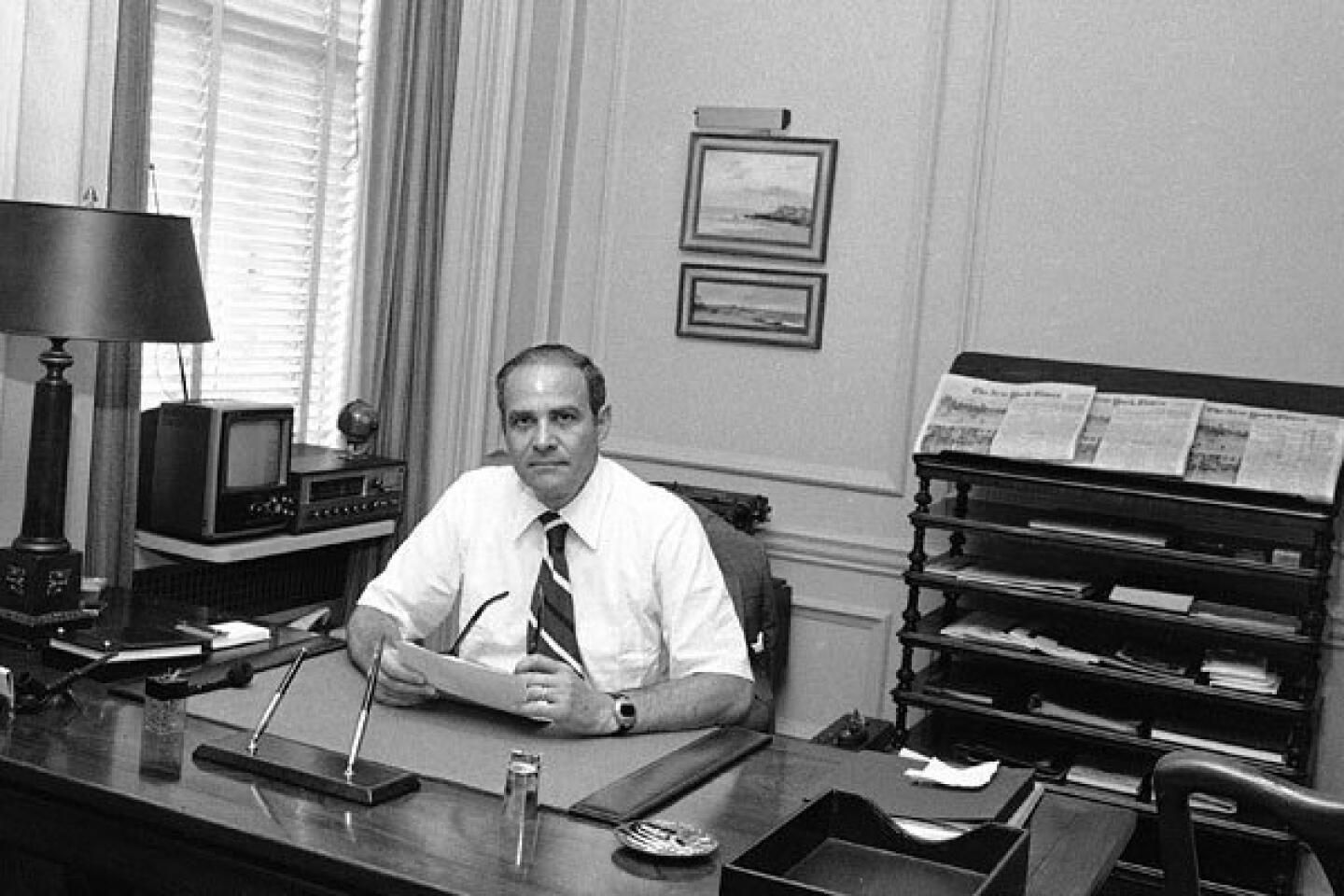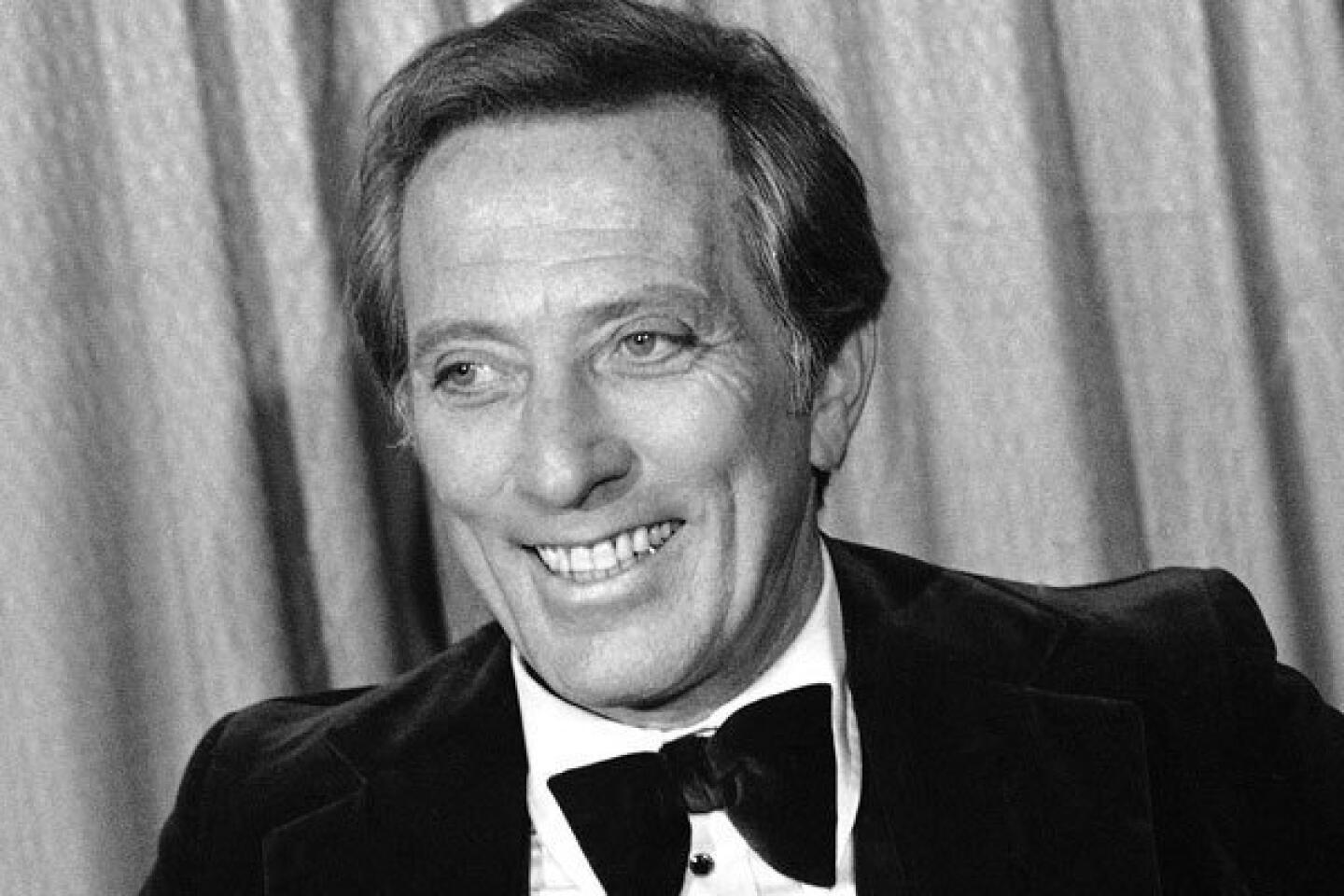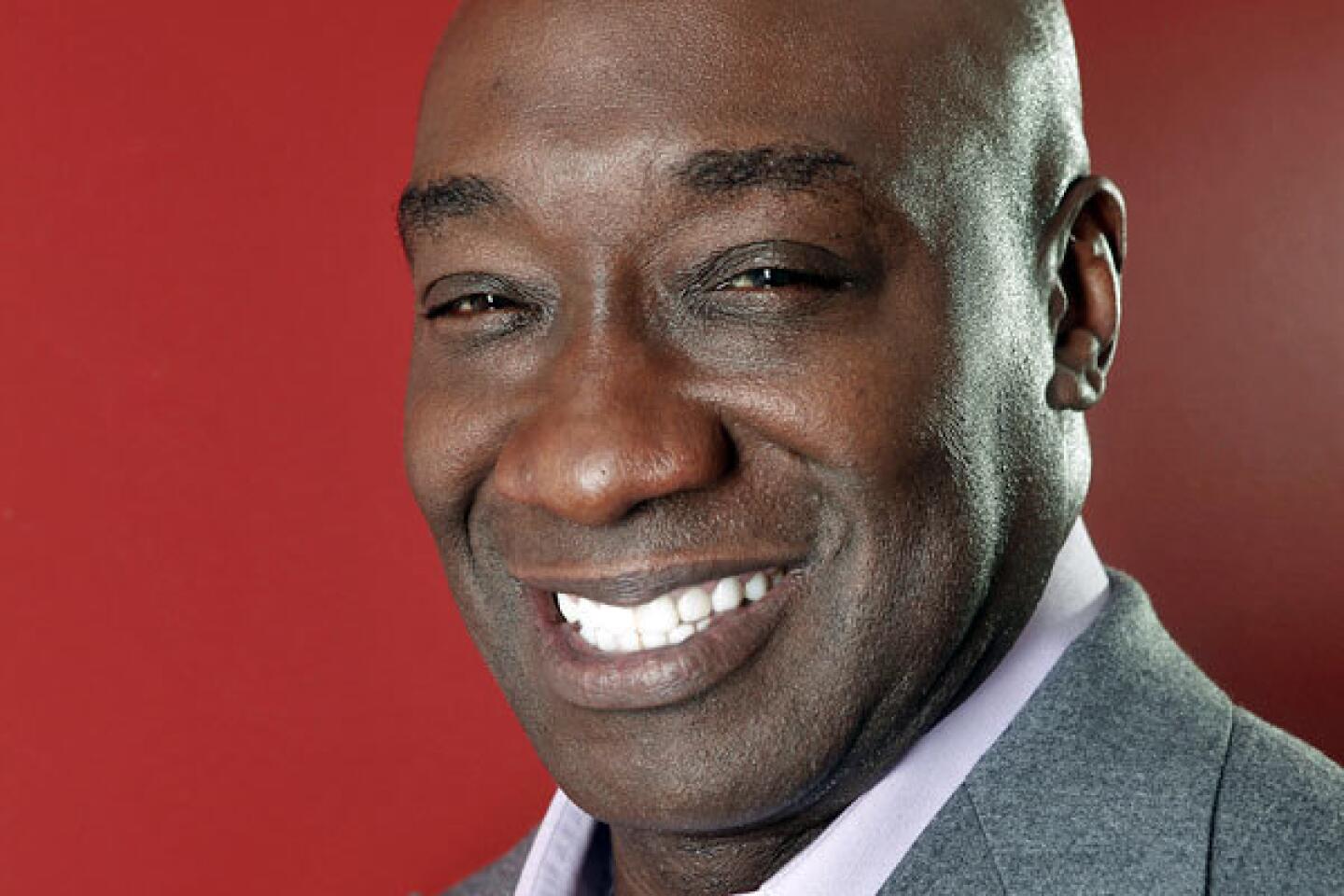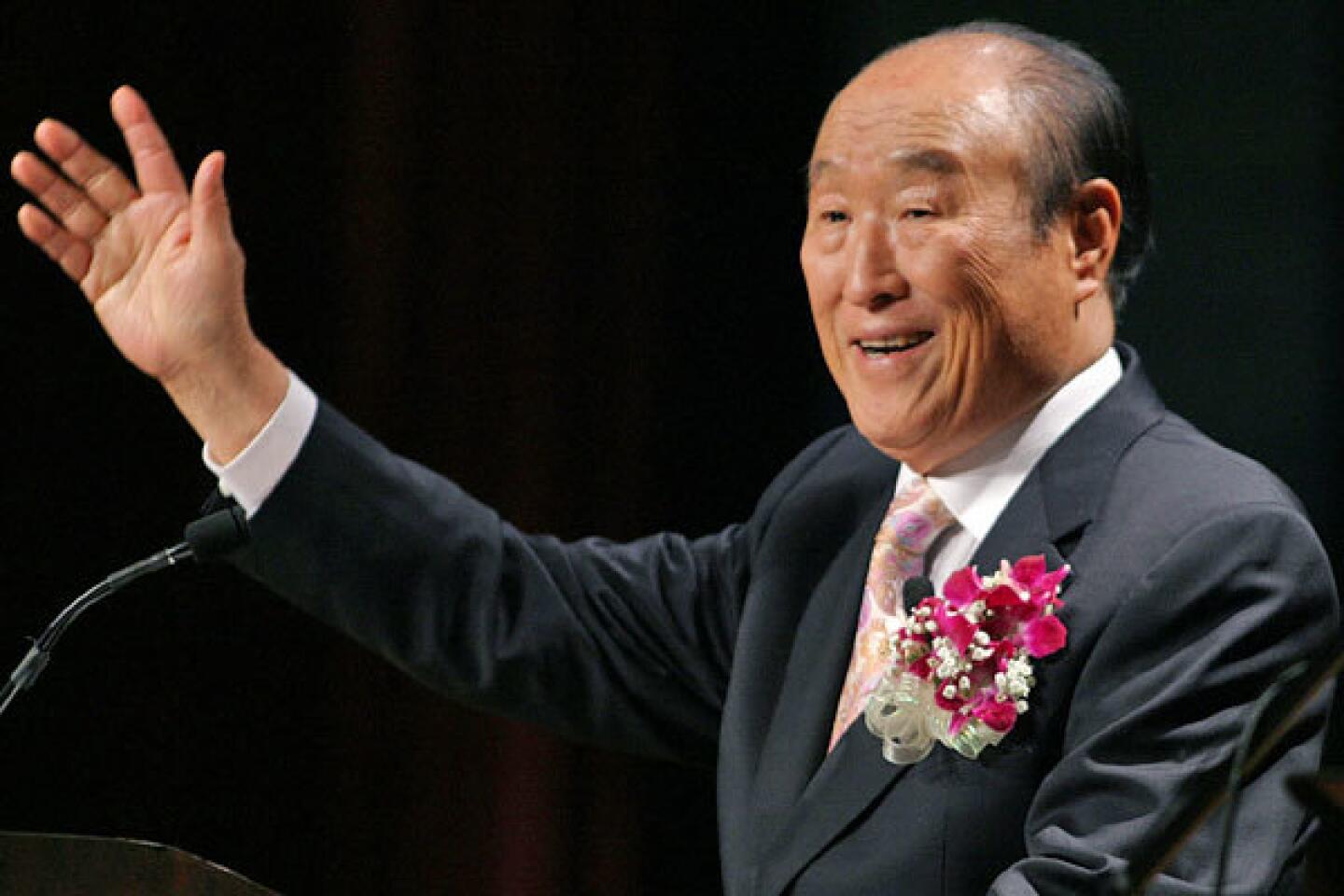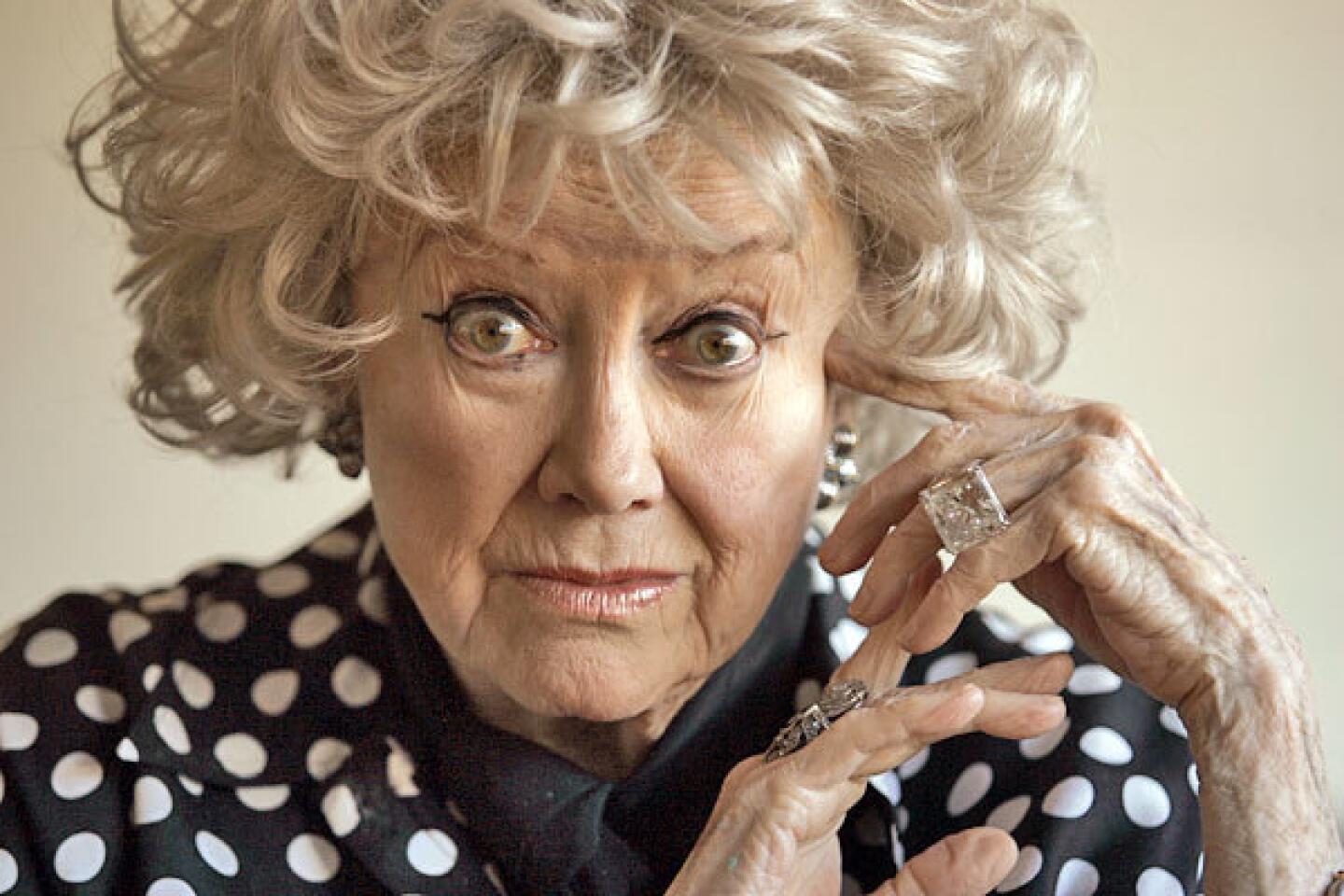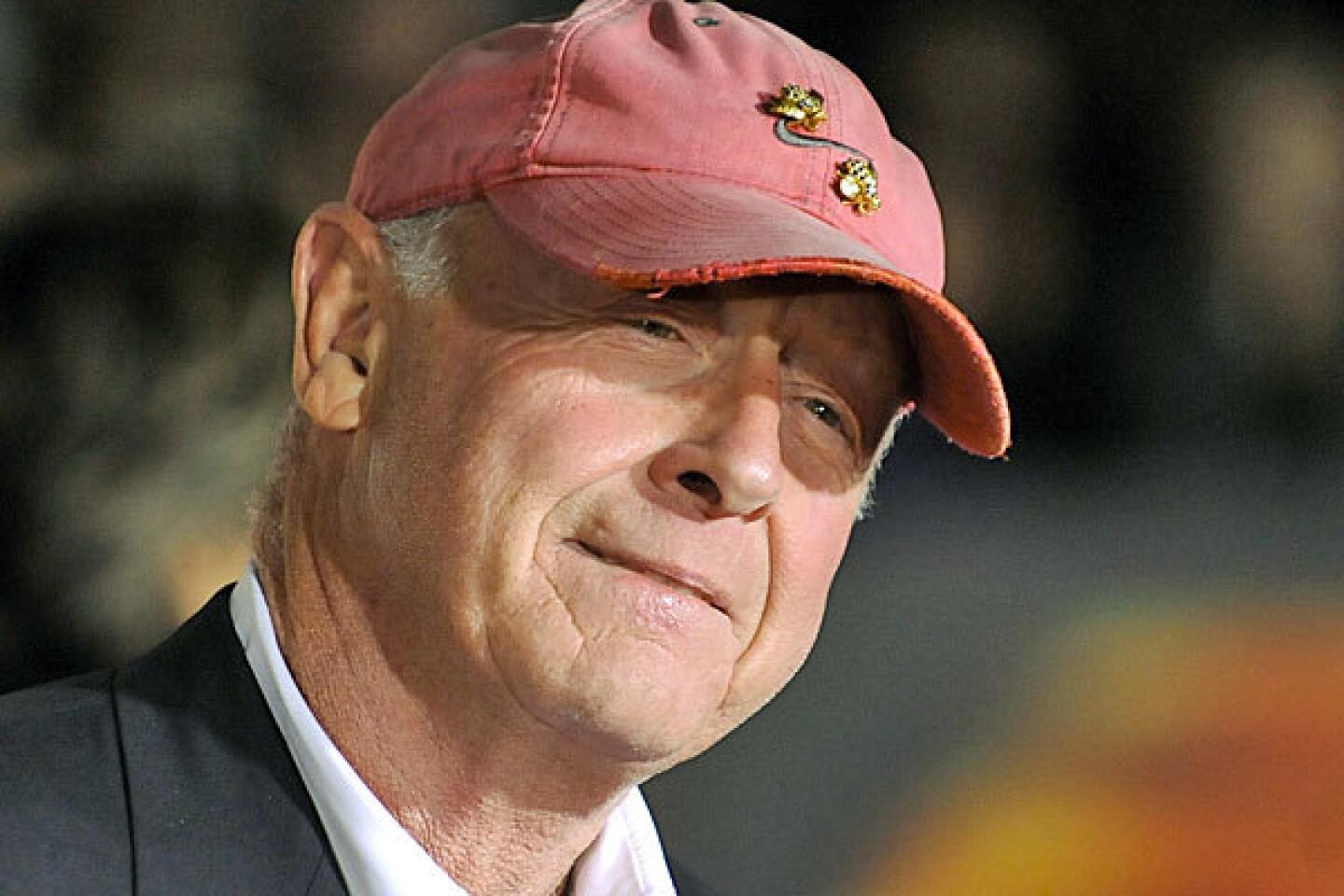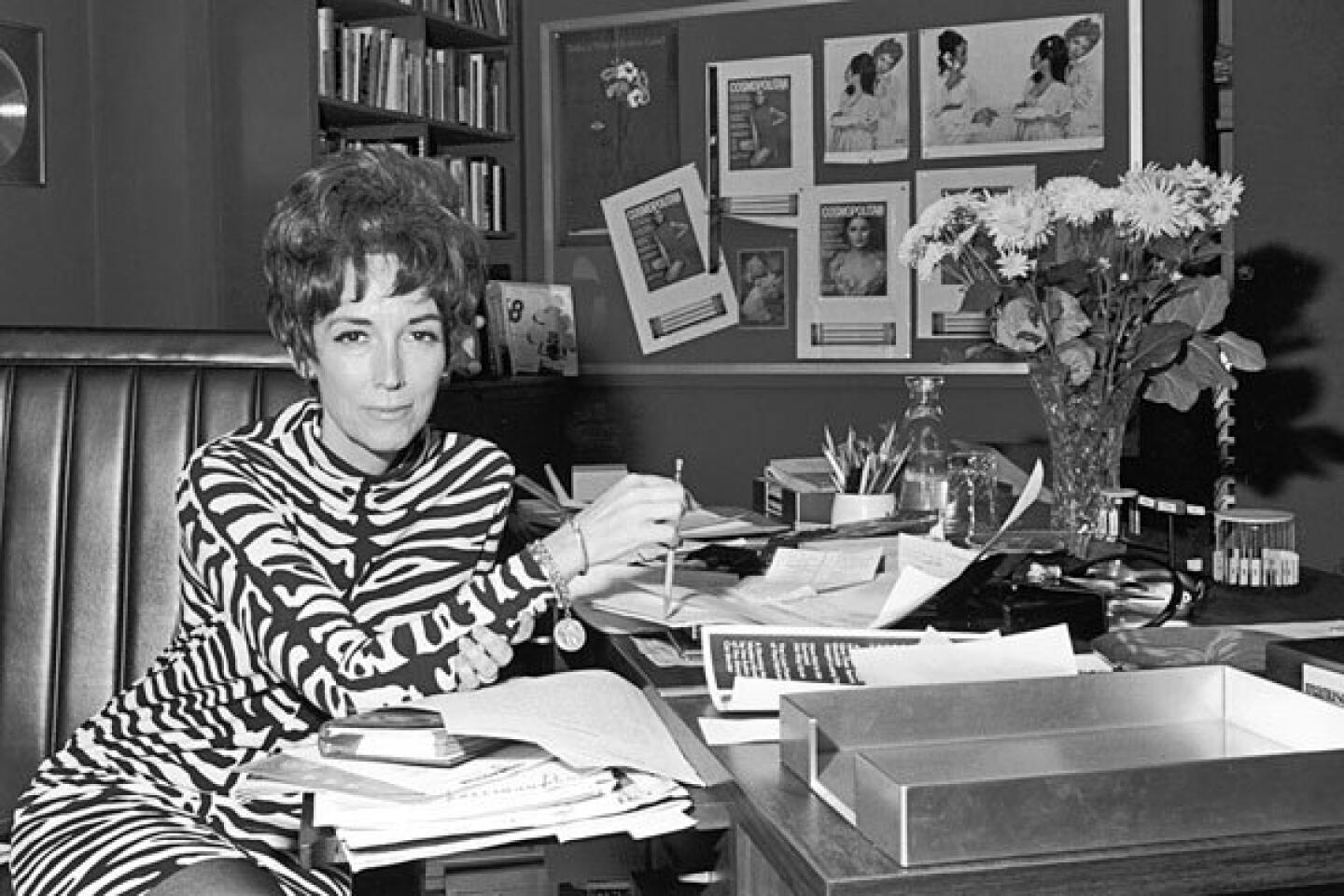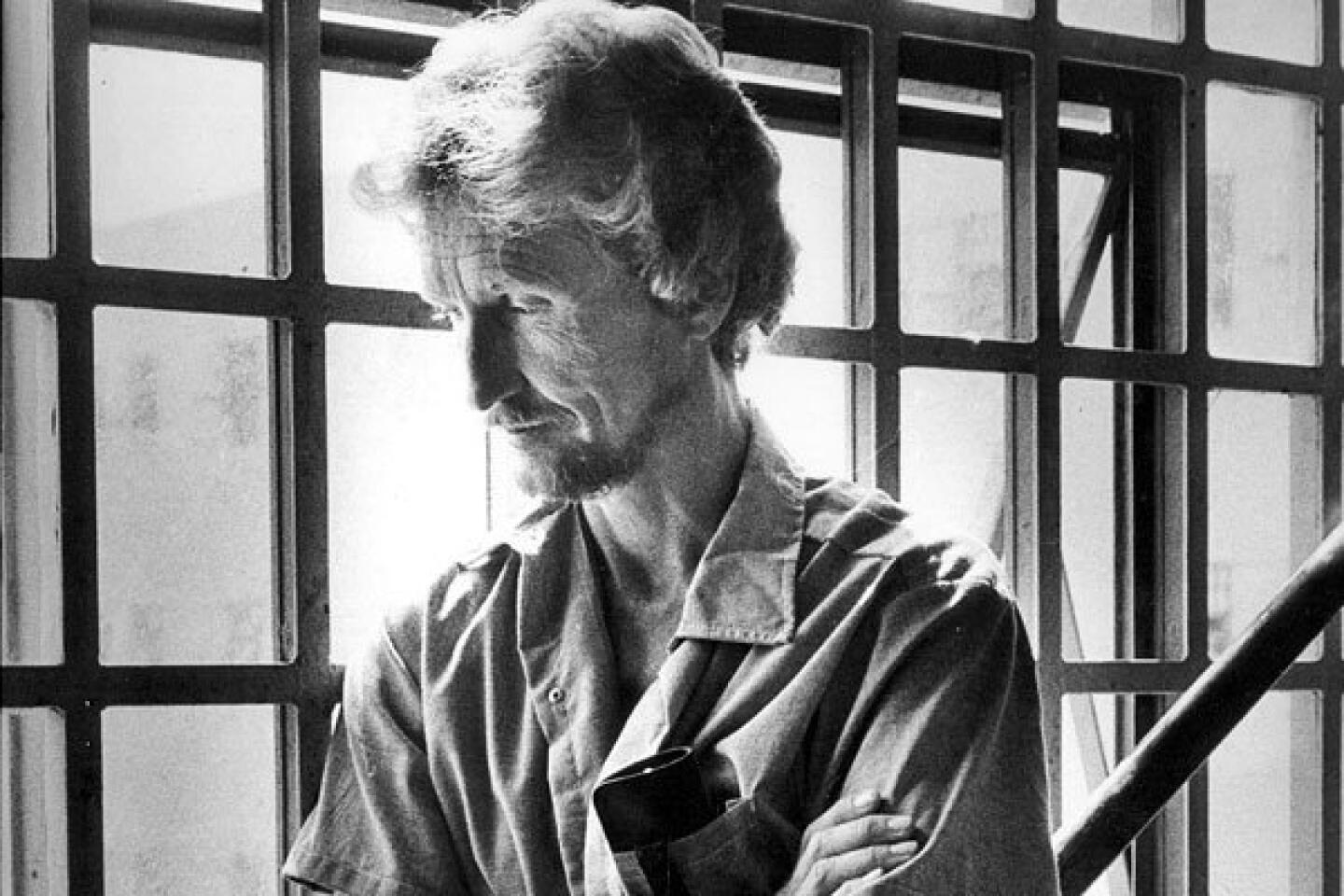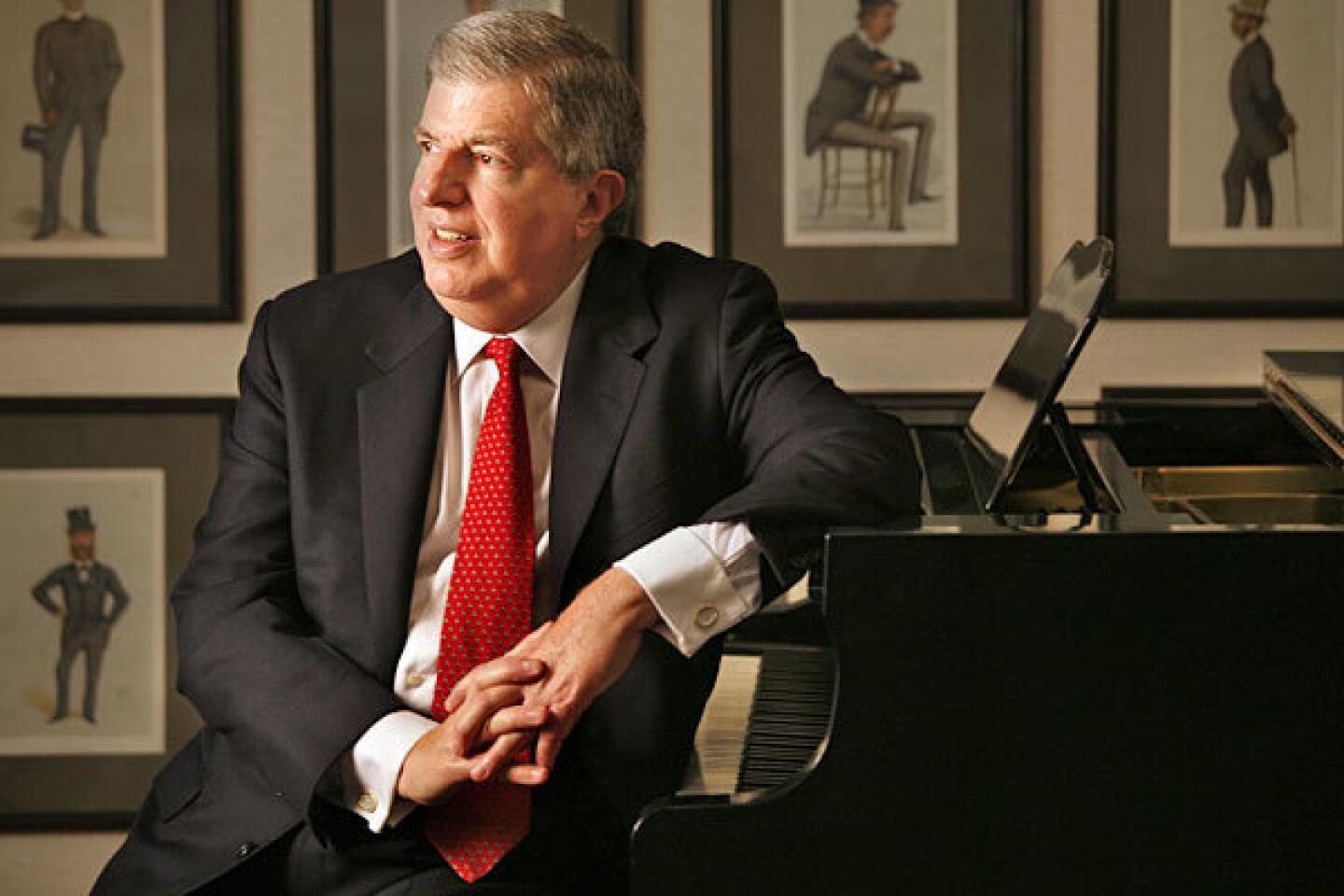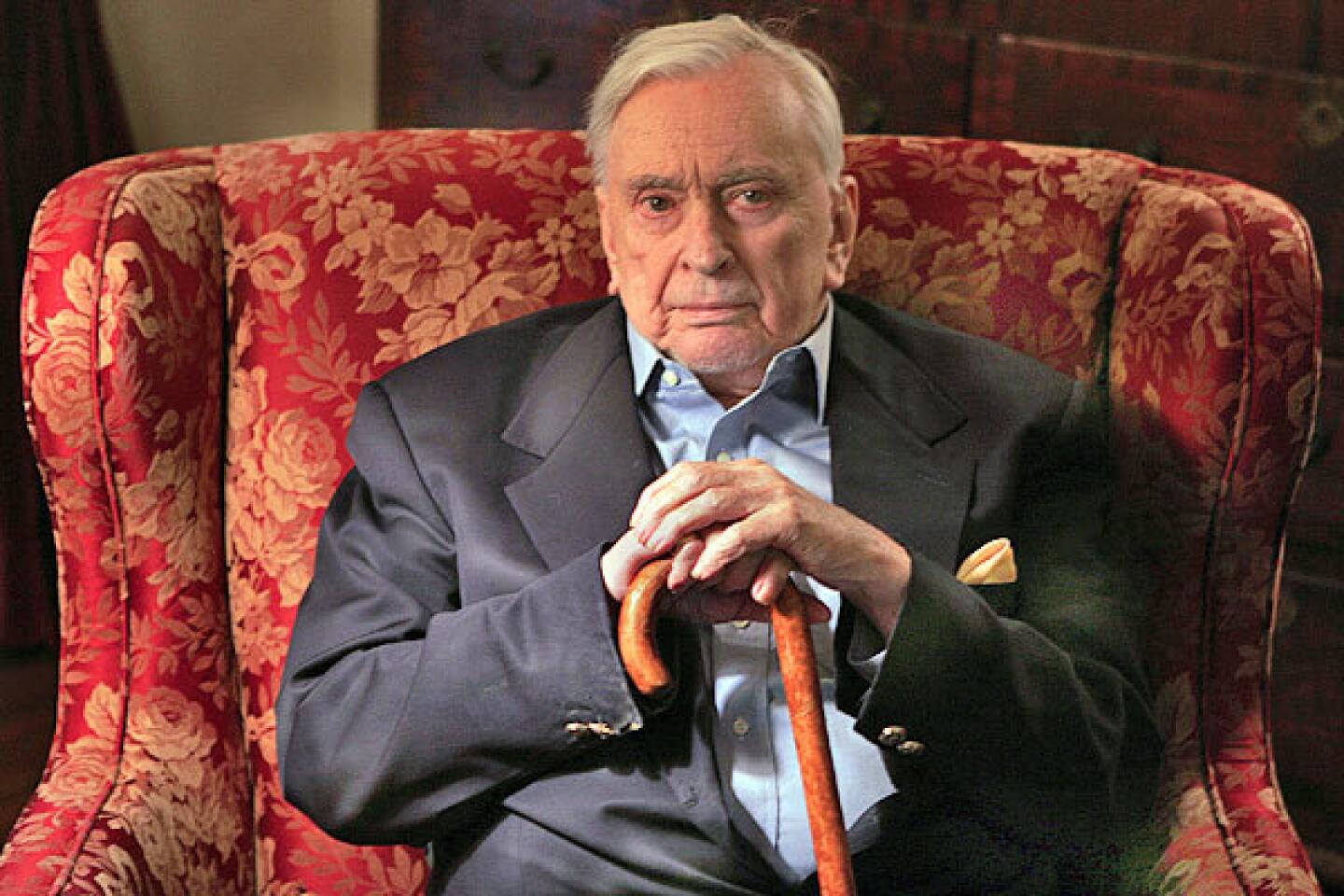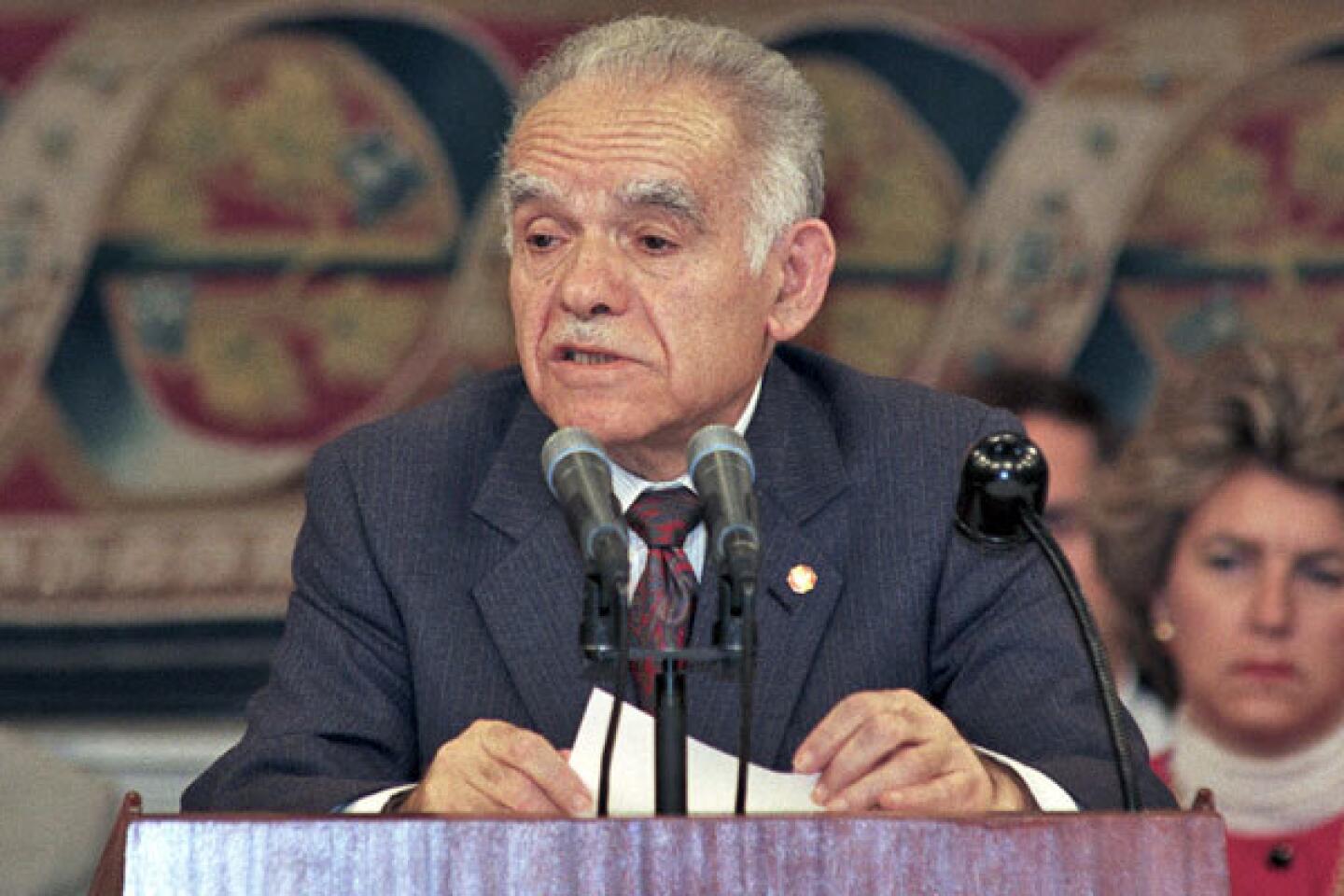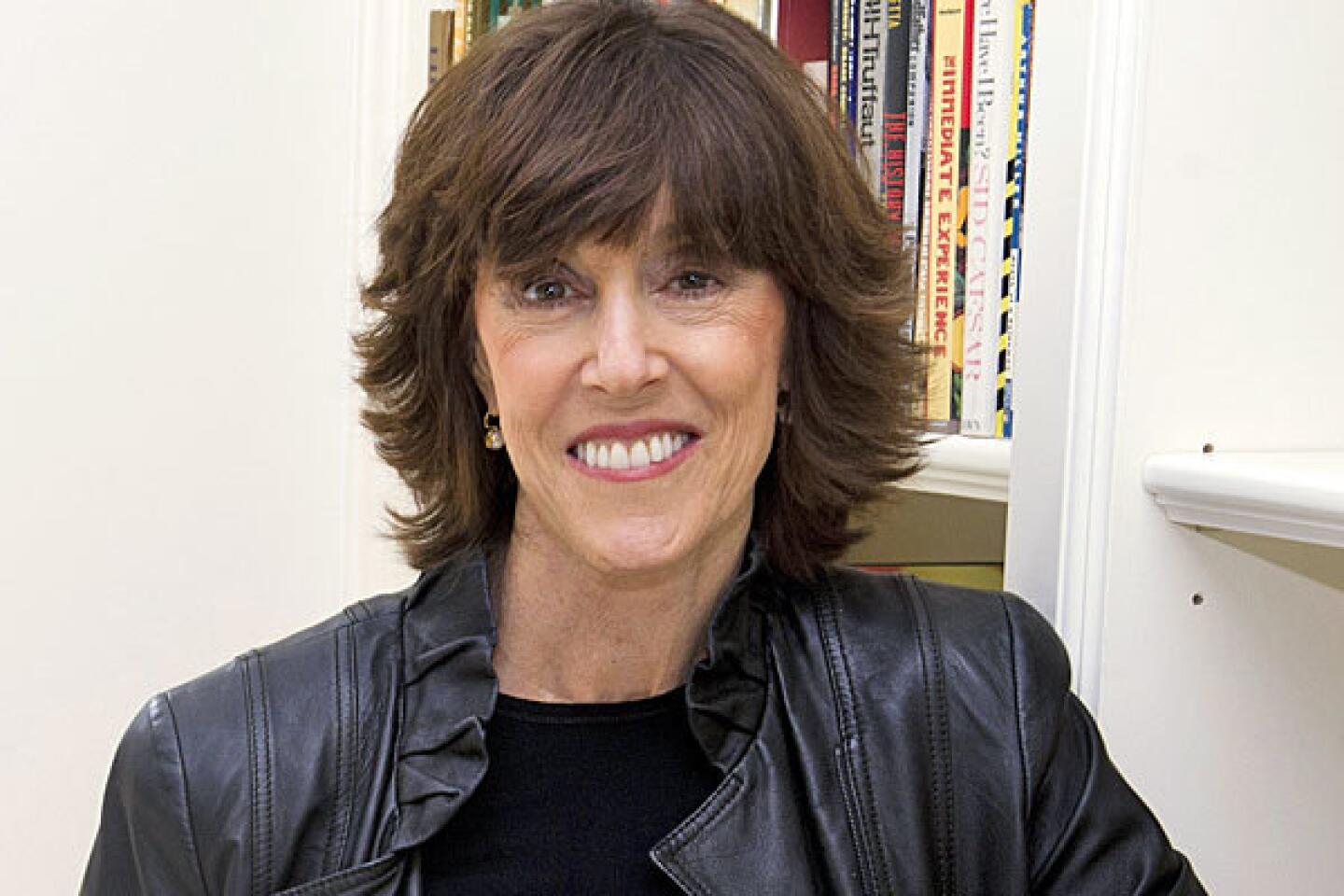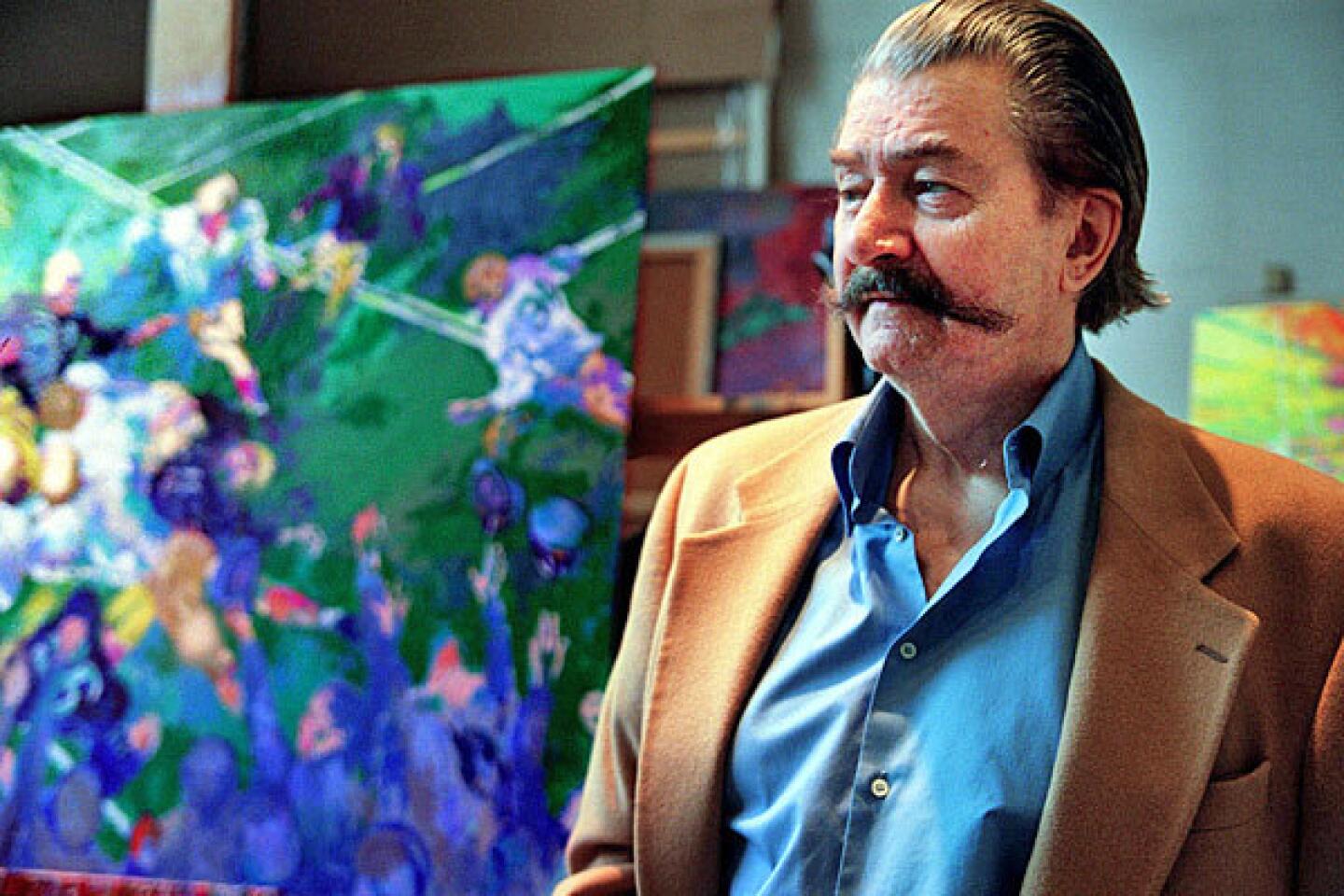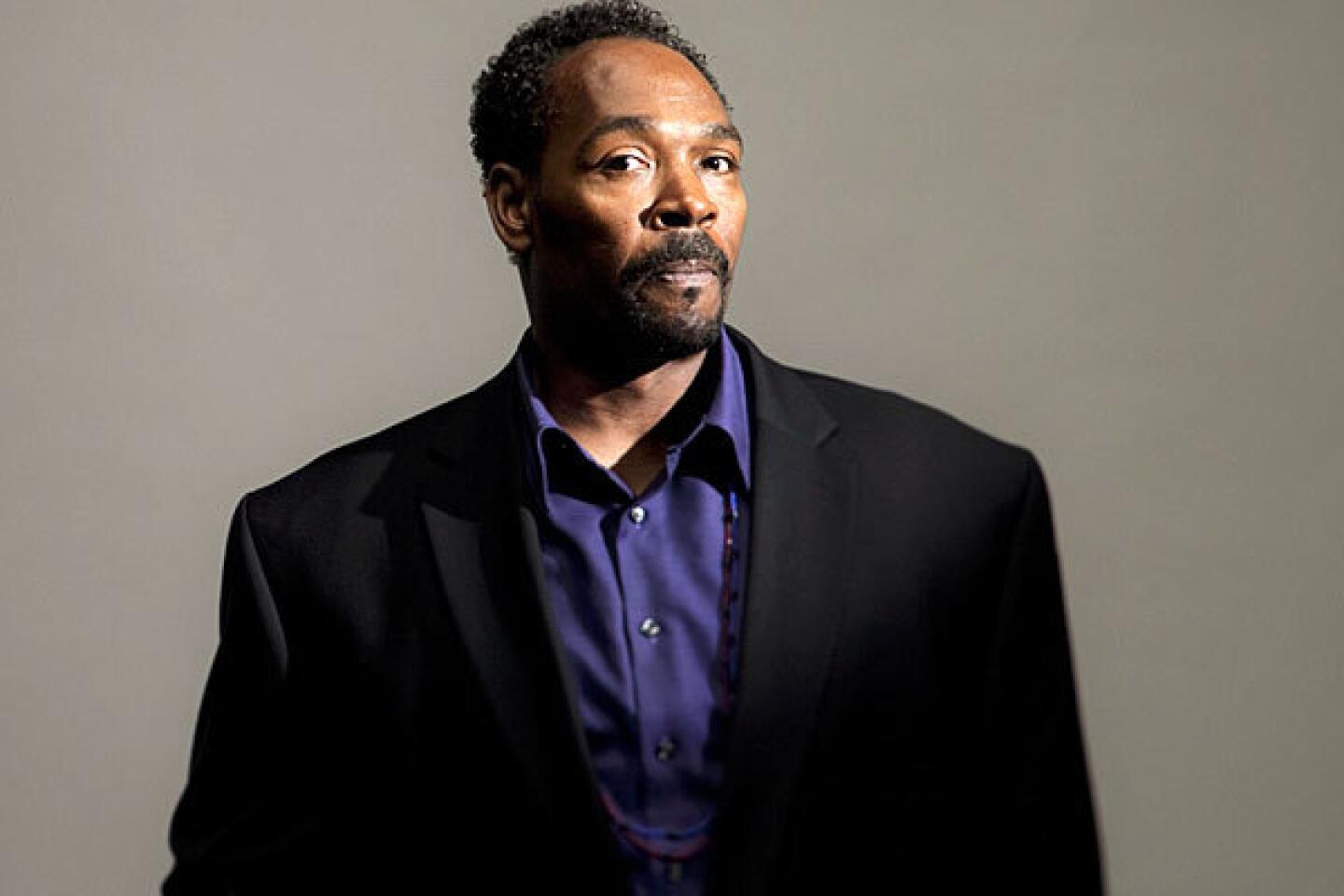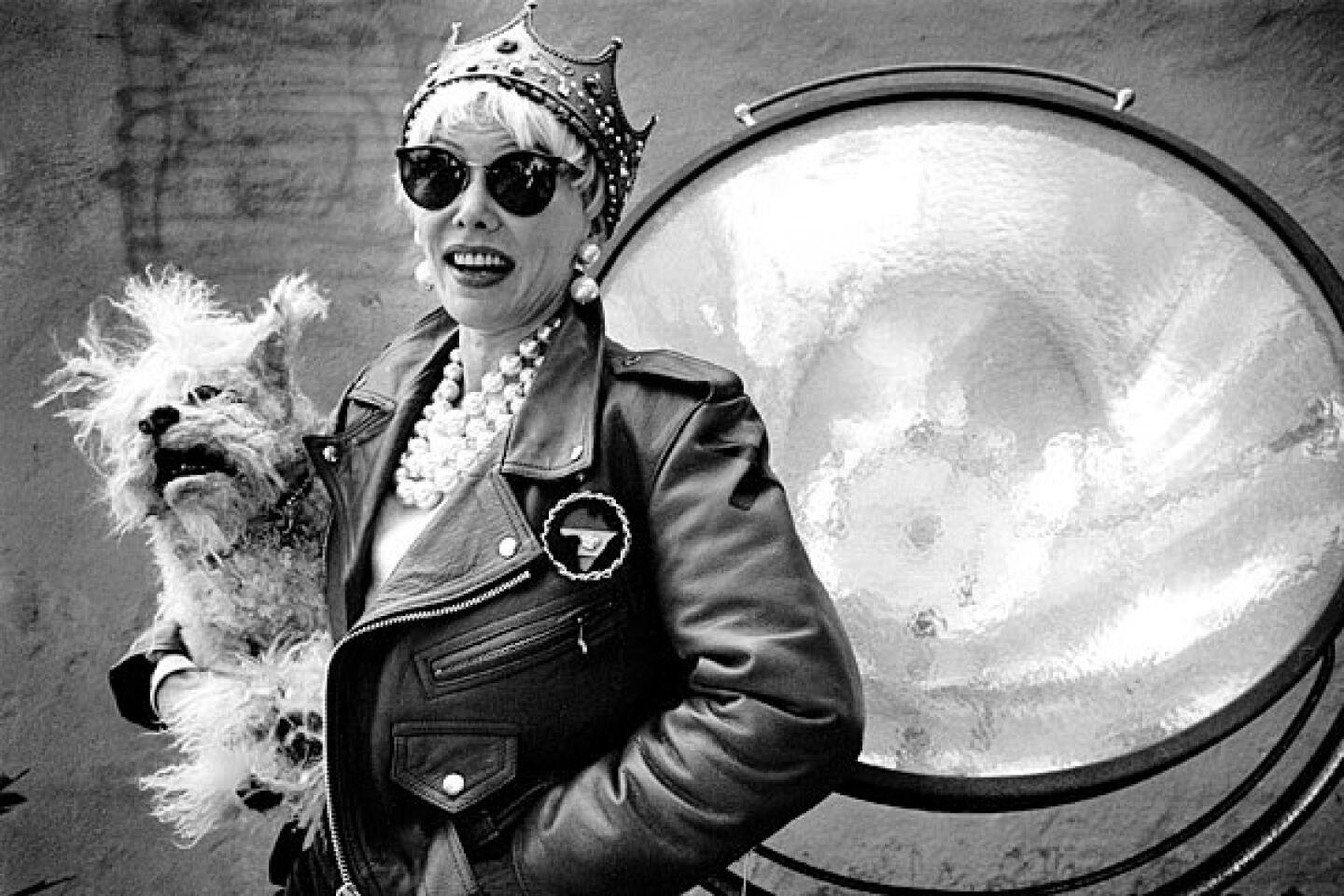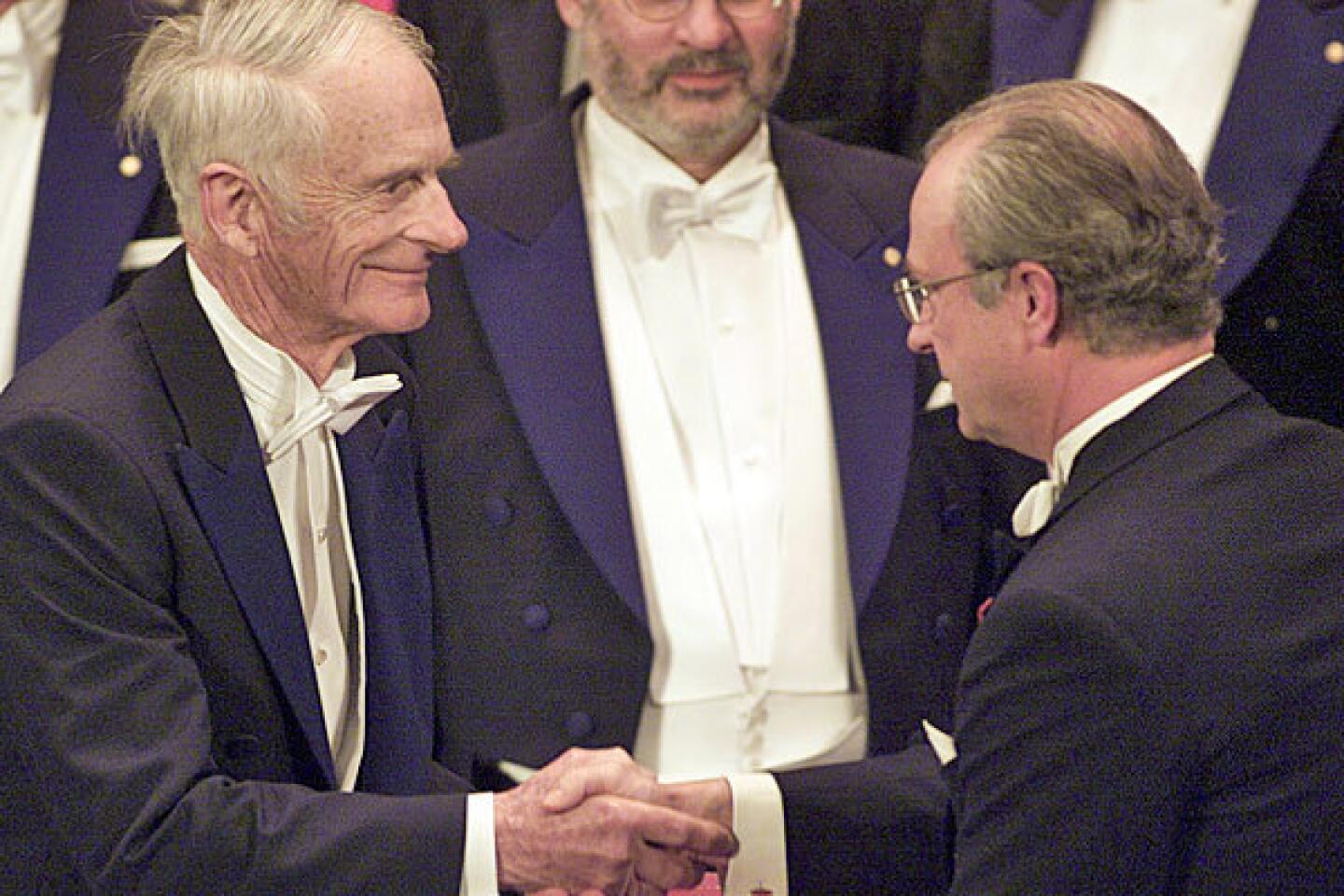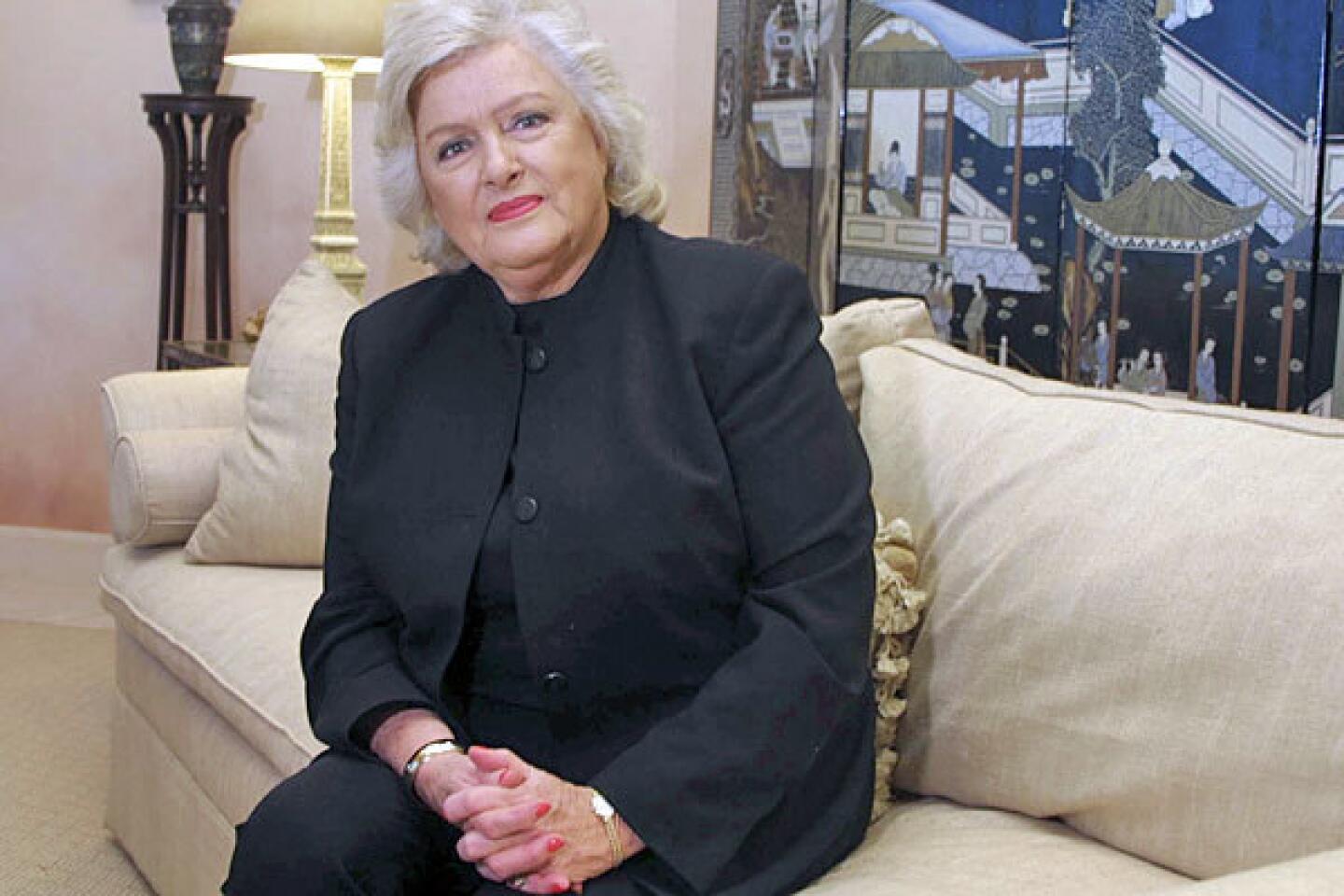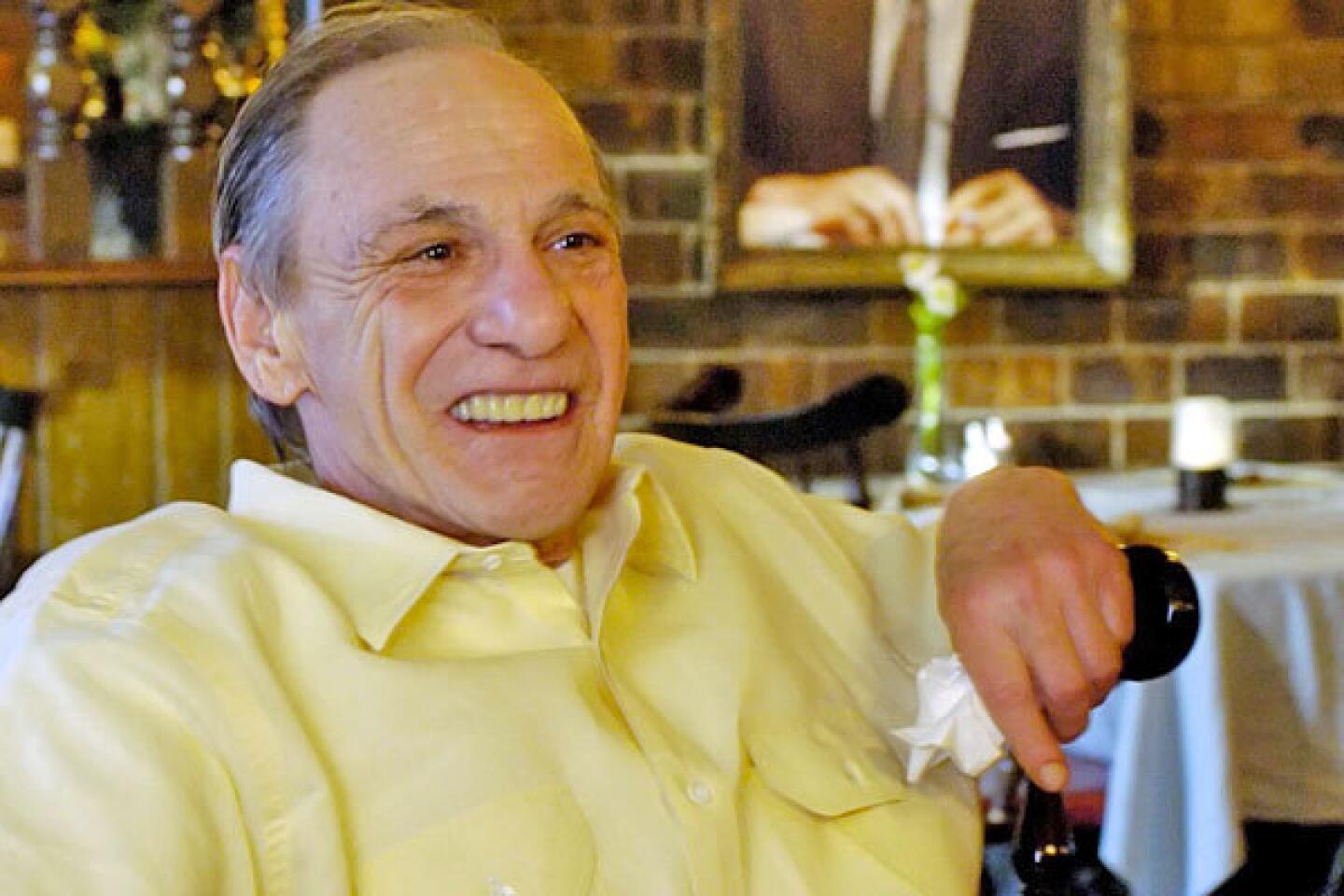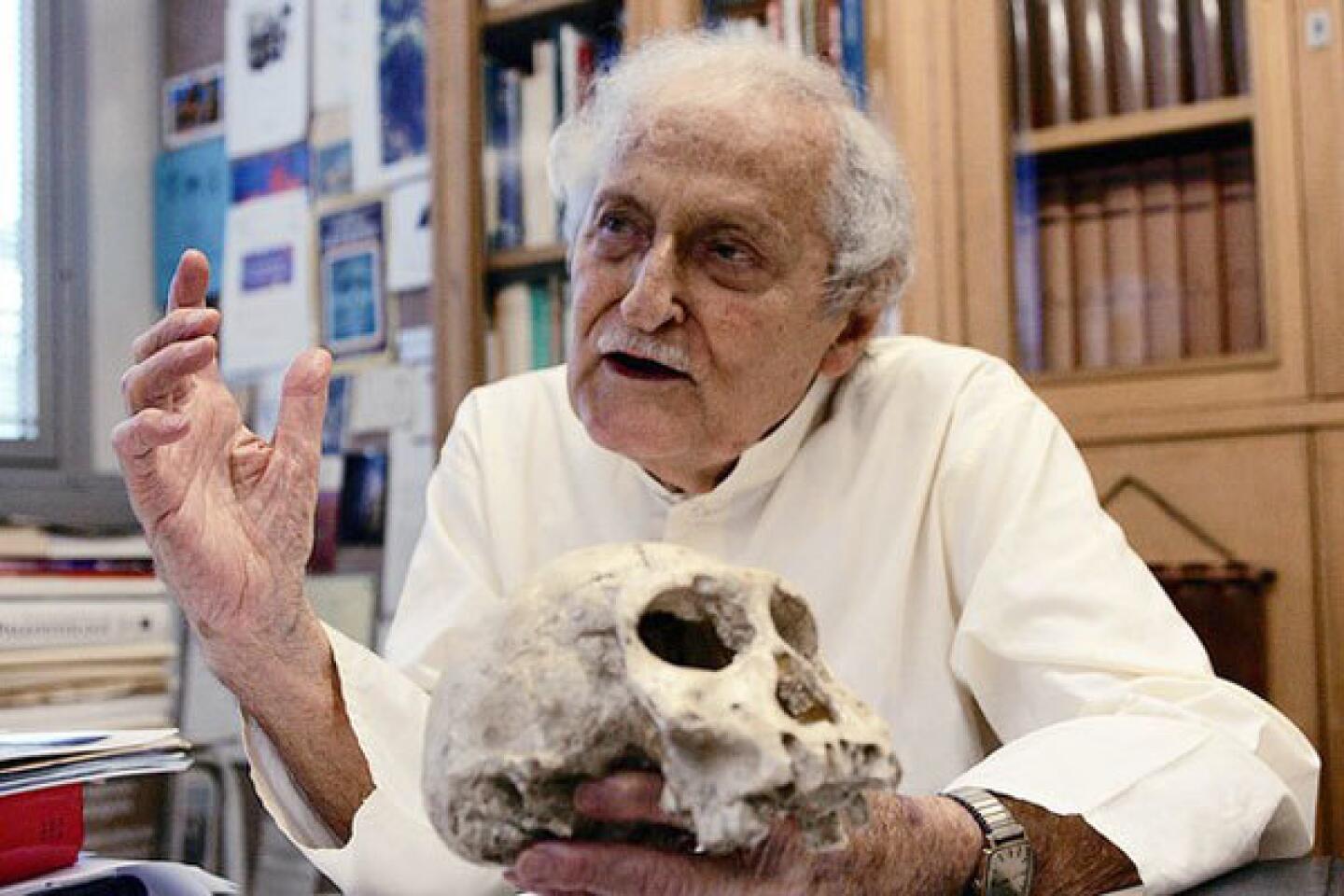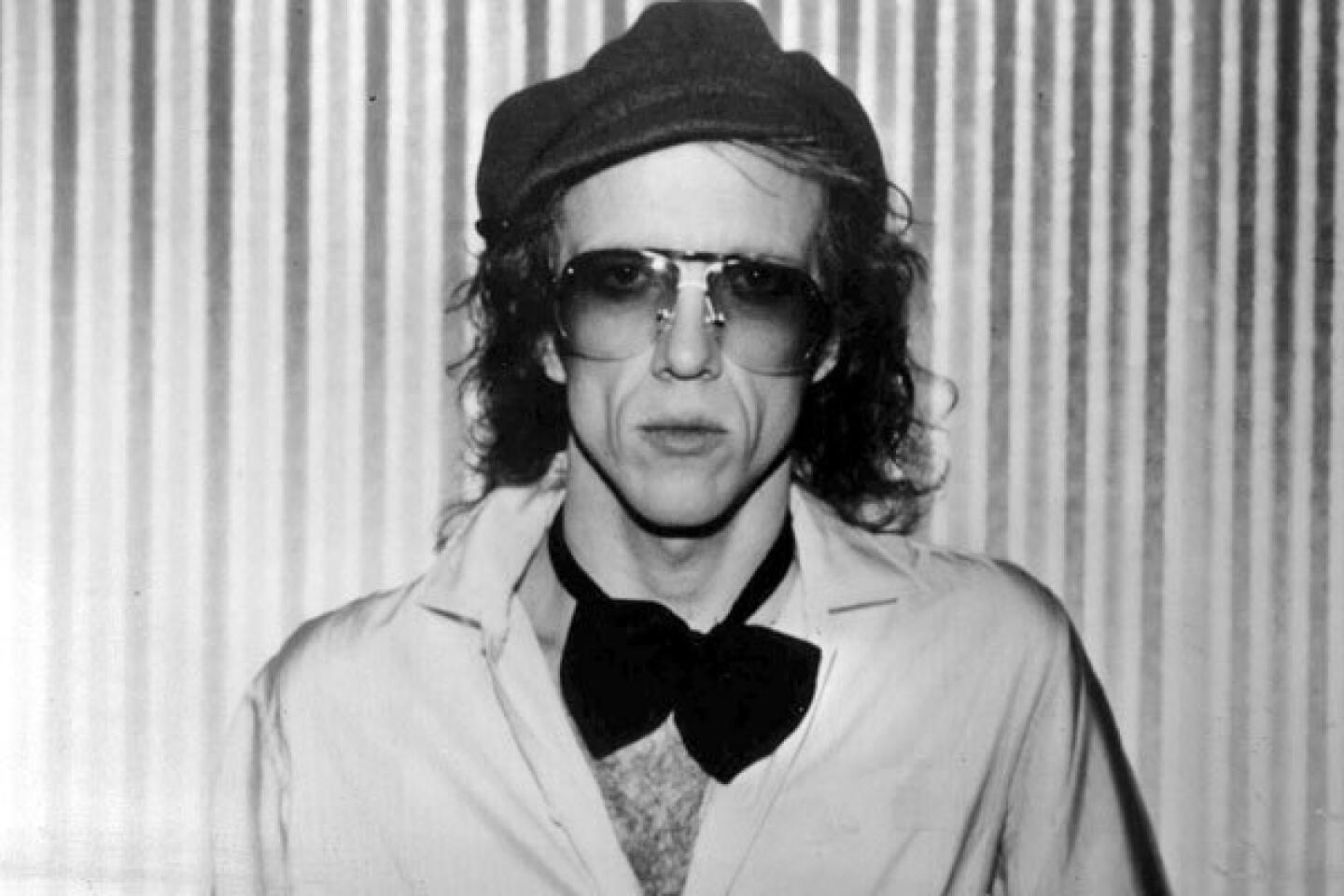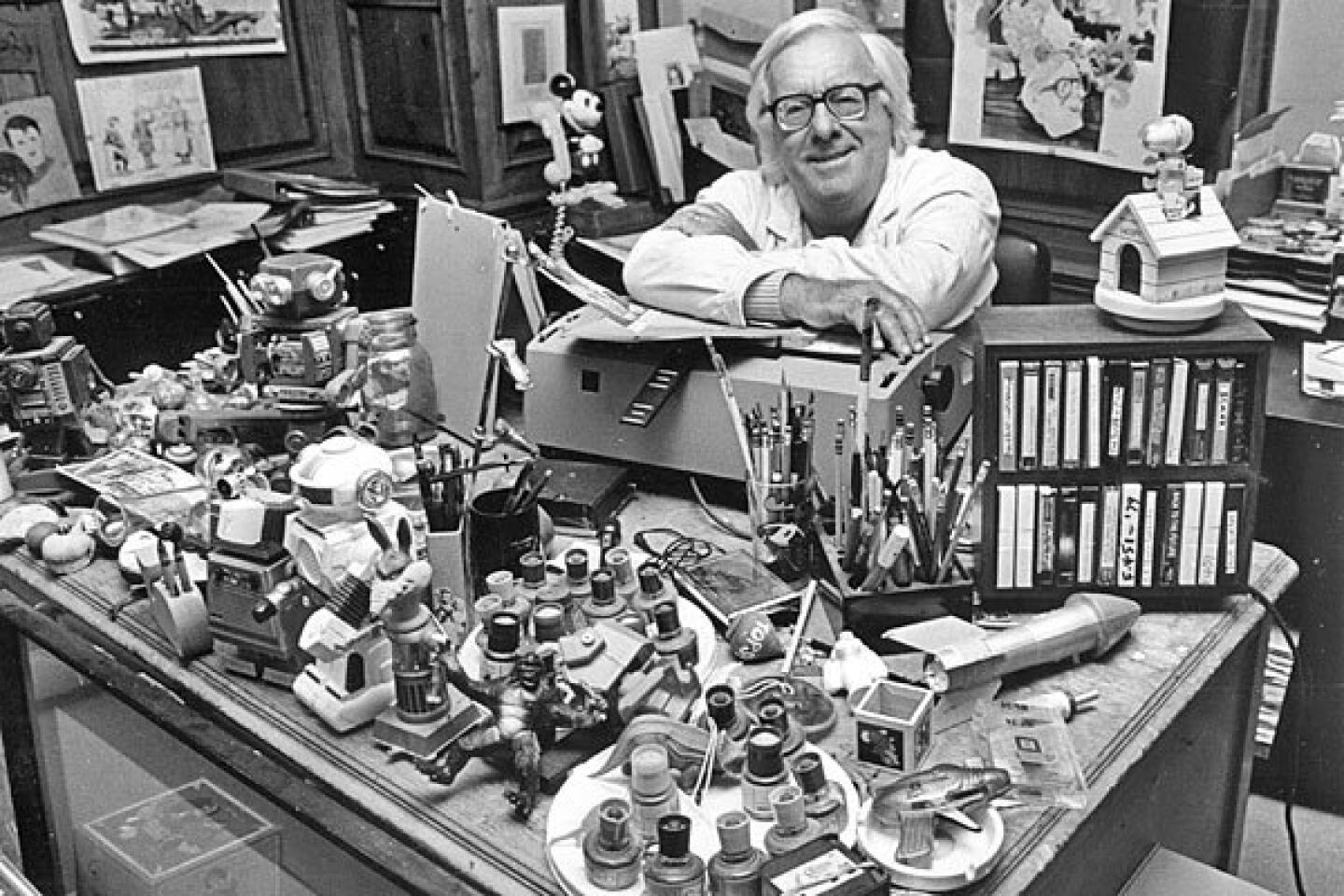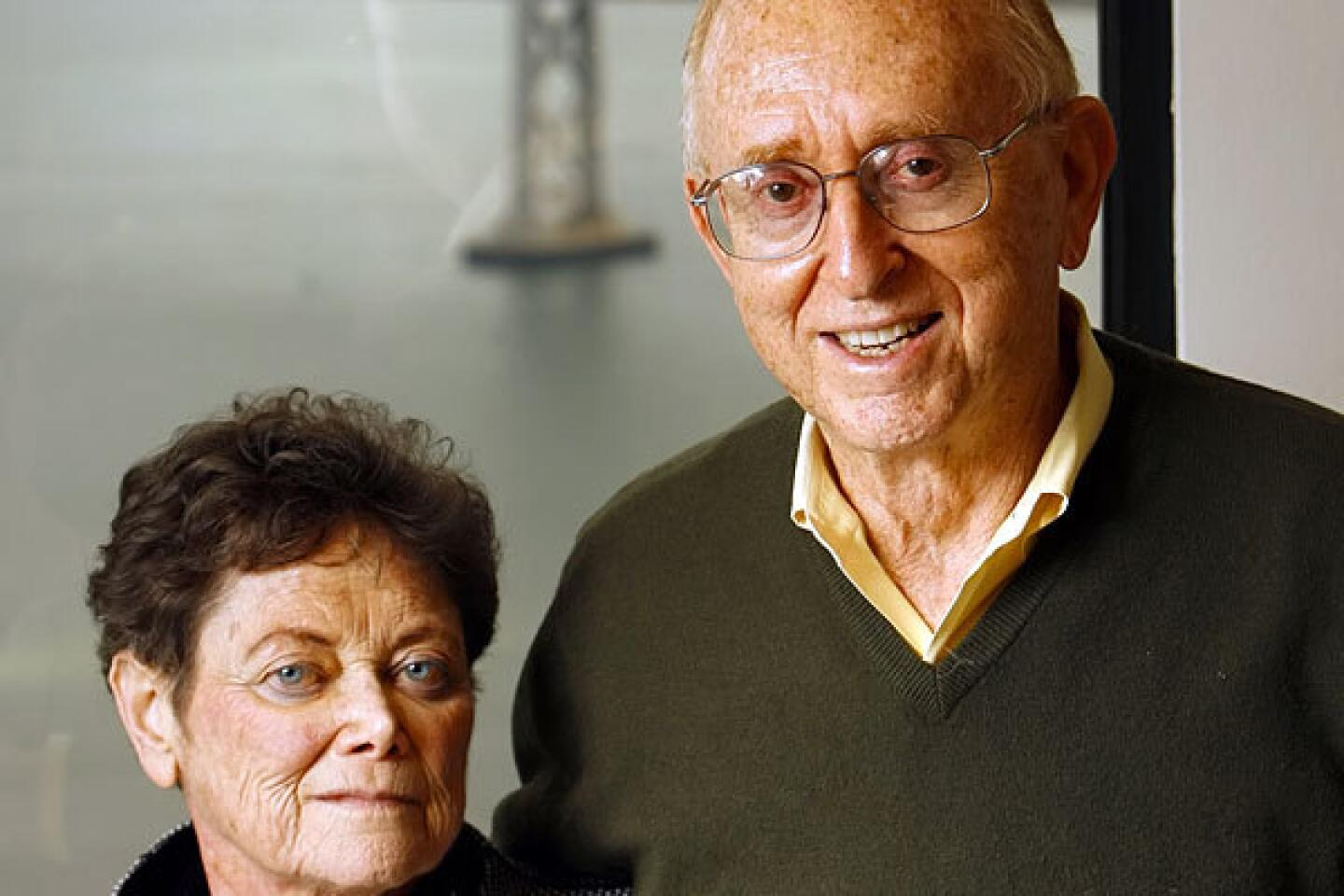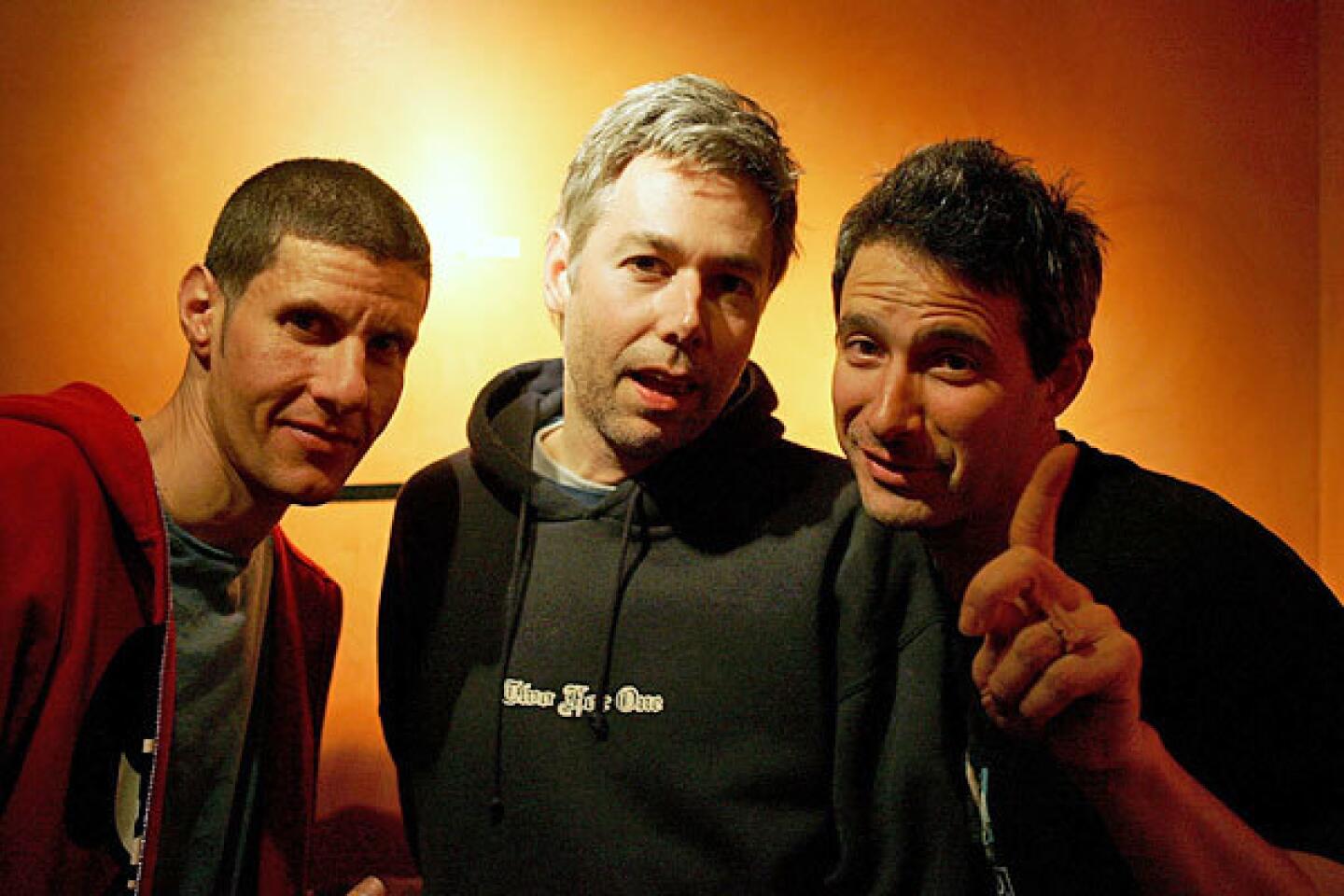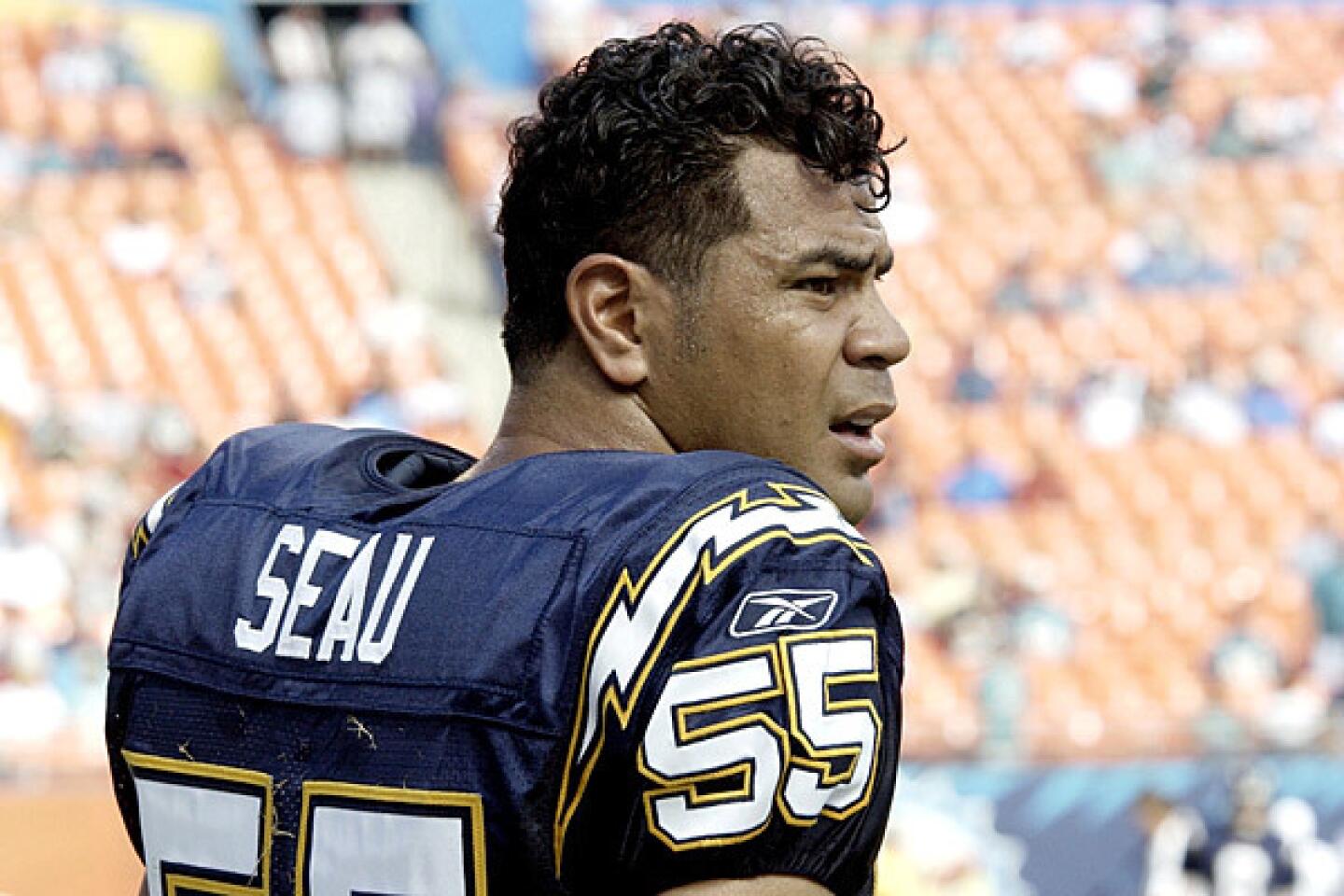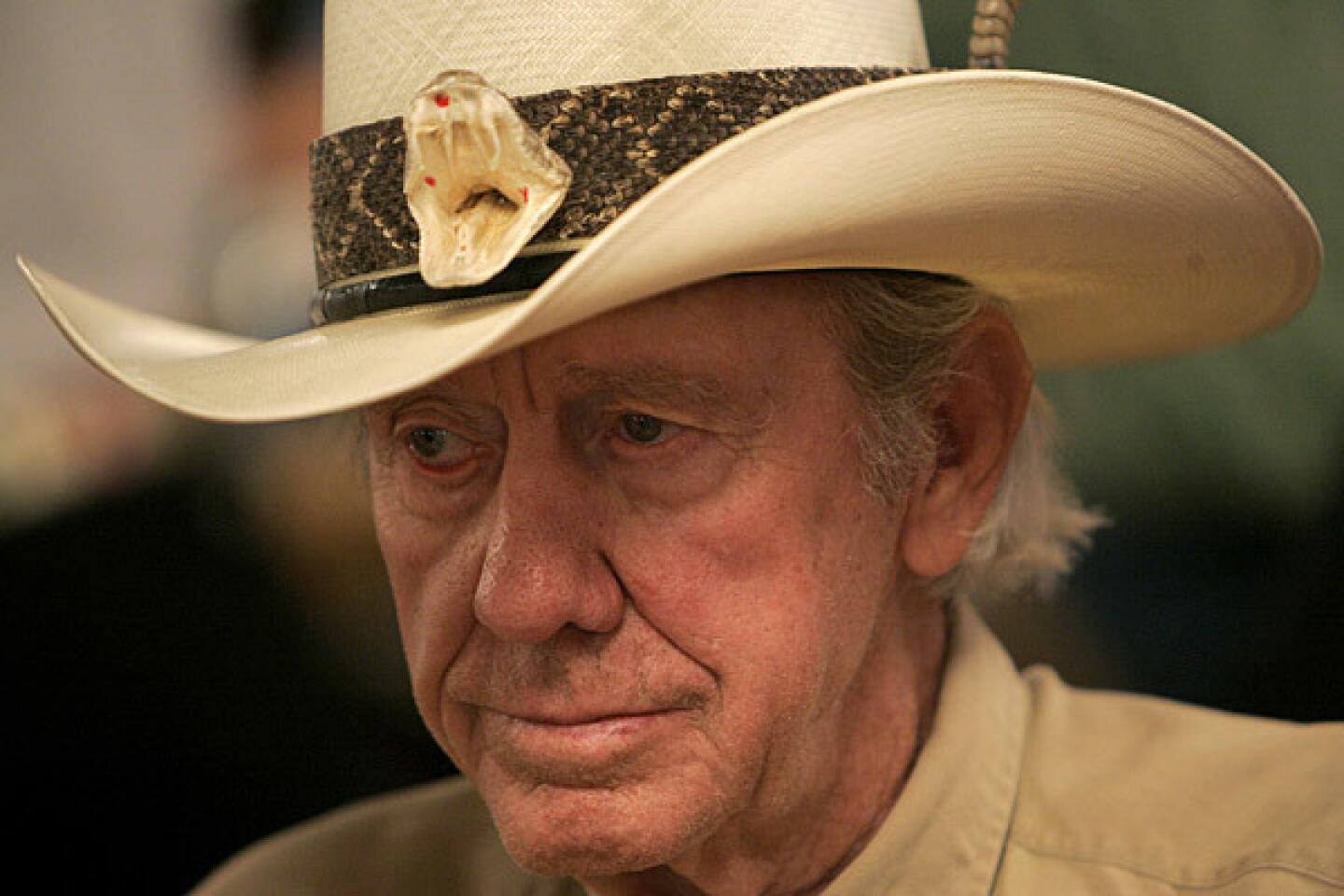Robert Hughes dies; art critic and author was 74
- Share via
Robert Hughes, a sometimes lacerating reviewer who may have commanded a larger audience than any other art critic in history, reaching the masses through 31 years as chief art critic for Time magazine and in a series of multi-part television documentaries for the BBC and PBS, has died. He was 74.
Hughes, who also authored “The Fatal Shore,” an acclaimed history of his native Australia’sfounding as a British penal colony, died Monday at Calvary Hospital in New York City after a long, unspecified illness, according to a statement issued by his wife, painter Doris Downes Hughes.
FOR THE RECORD:
Robert Hughes obituary: The obituary of art critic Robert Hughes in the Aug. 8 LATExtra section misspelled the surname of Australian historian Alan Moorehead as Morehead.
The critic rose to star status by introducing television audiences to the development of 20th century modernism in “The Shock of the New: A Personal View,” an eight-hour series that ran in Britain in 1980 and the United States in 1981. Hughes became known for blasting new art-world luminaries such as Jean-Michel Basquiat, Julian Schnabel and Jeff Koons, artists he felt exemplified the triumph of the marketplace and celebrity over the modernist creative standards he cherished.
PHOTOS: Notable deaths of 2012
“What we are seeing, in the last years of the 20th century, is a kind of environmental breakdown in the art world,” Hughes wrote in “Nothing If Not Critical,” a 1990 collection of his essays for Time, the New Republic and the New York Review of Books.
After Basquiat, who helped spearhead the entrance of graffiti-influenced painting into the museum world, died in 1988 of a heroin overdose, Hughes’ critique ran in the New Republic under the headline, “Requiem for a Featherweight.” Basquiat, he wrote, was “a small, untrained talent caught in the buzz saw of artworld promotion, absurdly overrated by dealers, collectors, and no doubt to their future embarrassment, by critics.”
“You can’t blow bad art out of the skies, but you can punch a small leak,” Hughes told the Los Angeles Times in 1987. “All you can do is argue the coherence of your reaction and hope for the same for your reader.”
He went on to note in the interview that art critics of his generation no longer could aspire to be discoverers of great artists — as Clement Greenberg and Harold Rosenberg had been decades before. “Now you have entrepreneurs beating the cultural bushes. The critic is given the menu. You don’t have that apostolic function anymore.”
If not himself an apostle, Hughes had fervent adherents: In 1987, when he lectured at UCLA’s Royce Hall, 1,400 listeners greeted his broadsides against the commodification of art “with hoots and hollers and stompings of the feet, all of which grew in fervor and intensity as the preachment pressed on,” according to a 1990 account in The Times.
Robert Studley Forrest Hughes was born in Sydney on July 28, 1938, the grandson of a former mayor of the city, and the youngest of four children of a lawyer who, he later wrote, was a “righteous and inflexible man … a war hero who shot down 11 German planes in the First World War, a fiercely orthodox Catholic, and an intense patriot.”
Although his father died when he was 12, Hughes saw his adult life as a form of rebellion: “I became an expatriate, a political skeptic, an atheist, a liberal, a voluptuary, and, in most ways, a disappointment to the ethos he lived by.”
After studying architecture and dabbling as a painter, Hughes began covering the Australian art scene in the late 1950s. He left his homeland in 1964 at the urging of a mentor, Australian popular historian Alan Morehead. In the next five years, he lived in Italy and Spain, completing his self-education in art history and aesthetics, and in the swinging London where, he later wrote, he freely indulged in the era’s sex-and-drugs libertinism.
Time magazine hired him in 1970, after he’d won a tryout on the strength of his first two books, “The Art of Australia: A Critical Survey” (1966) and “Heaven and Hell in Western Art” (1968).
Despite some traumatic times, Hughes remained productive in his last years, including last year’s “Rome: A Cultural, Visual and Personal History,” a sequel of sorts to “Barcelona,” an acclaimed cultural biography of the Spanish port city published on the eve of its hosting the 1992 Summer Olympics.
In 1999, while filming “Beyond the Fatal Shore,” a multi-part TV documentary on contemporary Australia, Hughes was almost killed in a head-on automobile collision in which three people in the other vehicle were less seriously hurt. He was tried and acquitted of reckless driving the following year.
In 2001, the second of his three marriages ended in divorce, and his only child, Danton, a son from his first marriage, committed suicide at 33.
Hughes credited his third wife, whom he married in 2001, with getting him through those crises. In the introduction to “Goya,” published in 2003, he wrote that suffering had given him the push — and the understanding — to finally write his long-deferred book on the great Spanish artist.
“Perhaps, if life is fully experienced, there is no waste. It was through the accident that I came to know extreme pain, fear and despair; and it may be that the writer who does not know fear, despair and pain cannot fully know Goya.”
But even painful art such as Goya’s was ultimately an addition to the enjoyment of life, Hughes told Britain’s Daily Telegraph in 2002.
“Looking at pictures is one of the ways in which you increase the pleasure … of living in a visual world.... It’s not a narcotizing pleasure. It’s the pleasure of having more sense made of our experience of the world.”
Hughes is survived by his wife, two stepsons and three siblings in Australia, Tom and Geoffrey Hughes and Constance Crisp.
PHOTOS: Notable deaths of 2012
More to Read
Start your day right
Sign up for Essential California for the L.A. Times biggest news, features and recommendations in your inbox six days a week.
You may occasionally receive promotional content from the Los Angeles Times.
